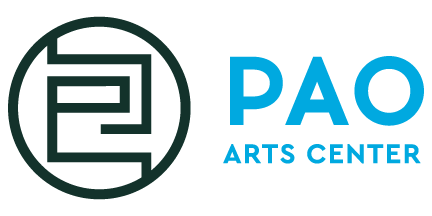New Narratives—A Curator's Reflection
Written by Leslie Anne Condon
How are AAPI artists addressing the internal and external conditions that shape our collective constructions of identity, including the complex social histories of our ancestral homelands, our familial norms, and the representation and misrepresentation of our communities in mass media — and larger society? How do our community narratives further inform our embodied experiences? How do these experiences echo, overlap, and contrast with the experiences of others from the global majority?
Such questions have become even more pressing amid the COVID-fueled anti-Asian violence that persists today. The many related tragedies have given more visibility to our communal resilience, yet, I am also reminded of our need for rest and healing through camaraderie and shared joy. By continually asking ourselves these questions of identity, we can offer greater affirmation for our collective experiences while deepening our awareness of the stories and struggles less known to us with greater empathy and compassion. These ever-evolving conversations also reflect more extreme shifts in our community dialogues and internal narratives. I remain in awe of the bold, daring, and more obscure and nuanced approaches AAPI artists continue to utilize to create work that interrogates the intersecting influences on our distinctive and individual sense of self.
Leslie Anne Condon, Pao Arts Center Visual Arts Program Manager speaking at New Narratives: Present and Future (August 13, 2022), Photo Credit: The Chinatown Project
New Narratives is a curatorial project I first developed in early 2020, with the aim of bringing together a wide spectrum of paintings, photographs, poetry, and other art reflective of the dynamic cultural work emerging from Asian, Asian American, and Pacific Islander communities all over New England. The project has since brought together over thirty-five AAPI artists from the Boston area and beyond. When proposing this project to Unbound Visual Arts, I was initially inspired by various expressions of identity within communities of color, a topic that inherently requires deep, probing reflection and vulnerability.
New Narratives: Embodied Identities Gallery Exhibit
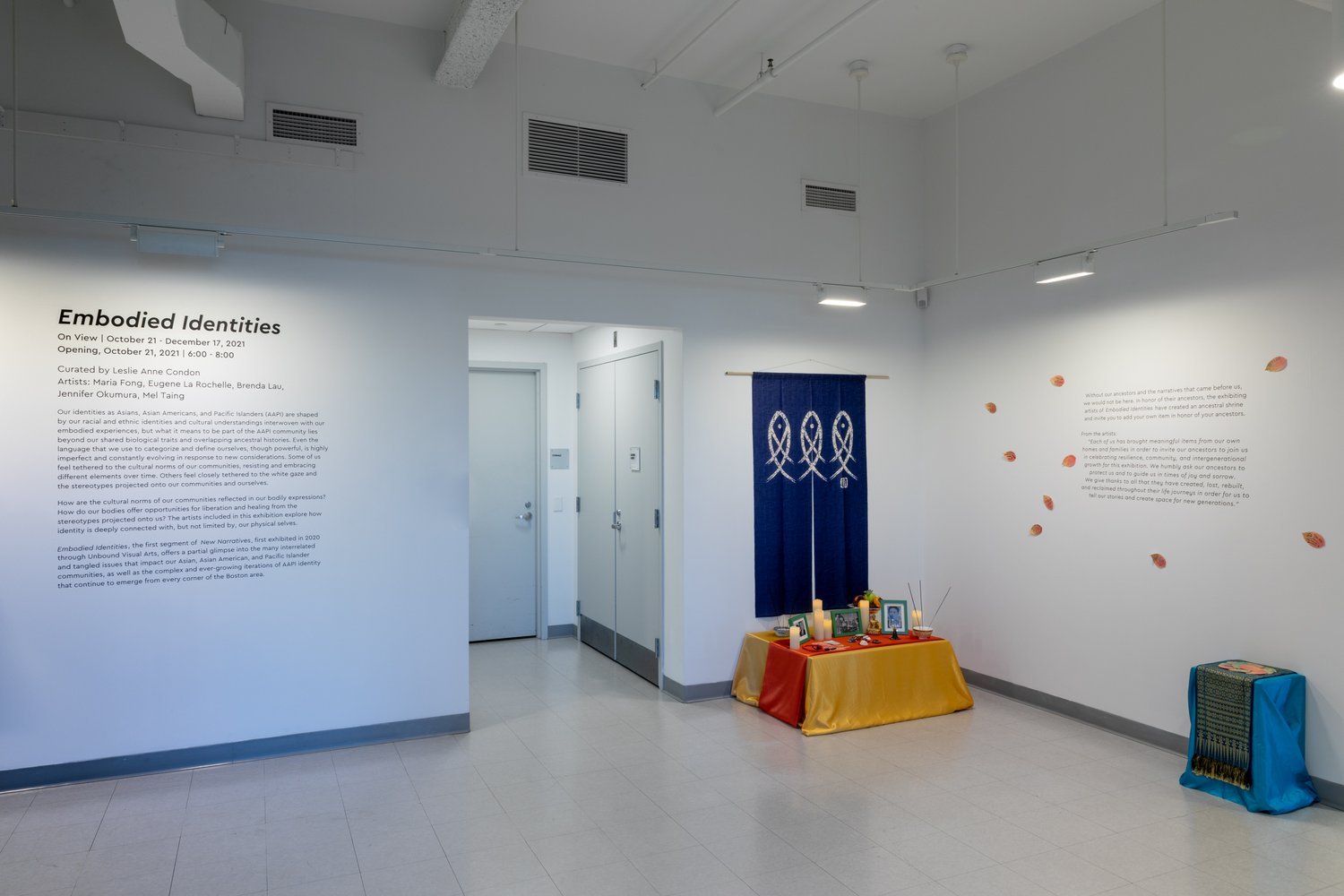

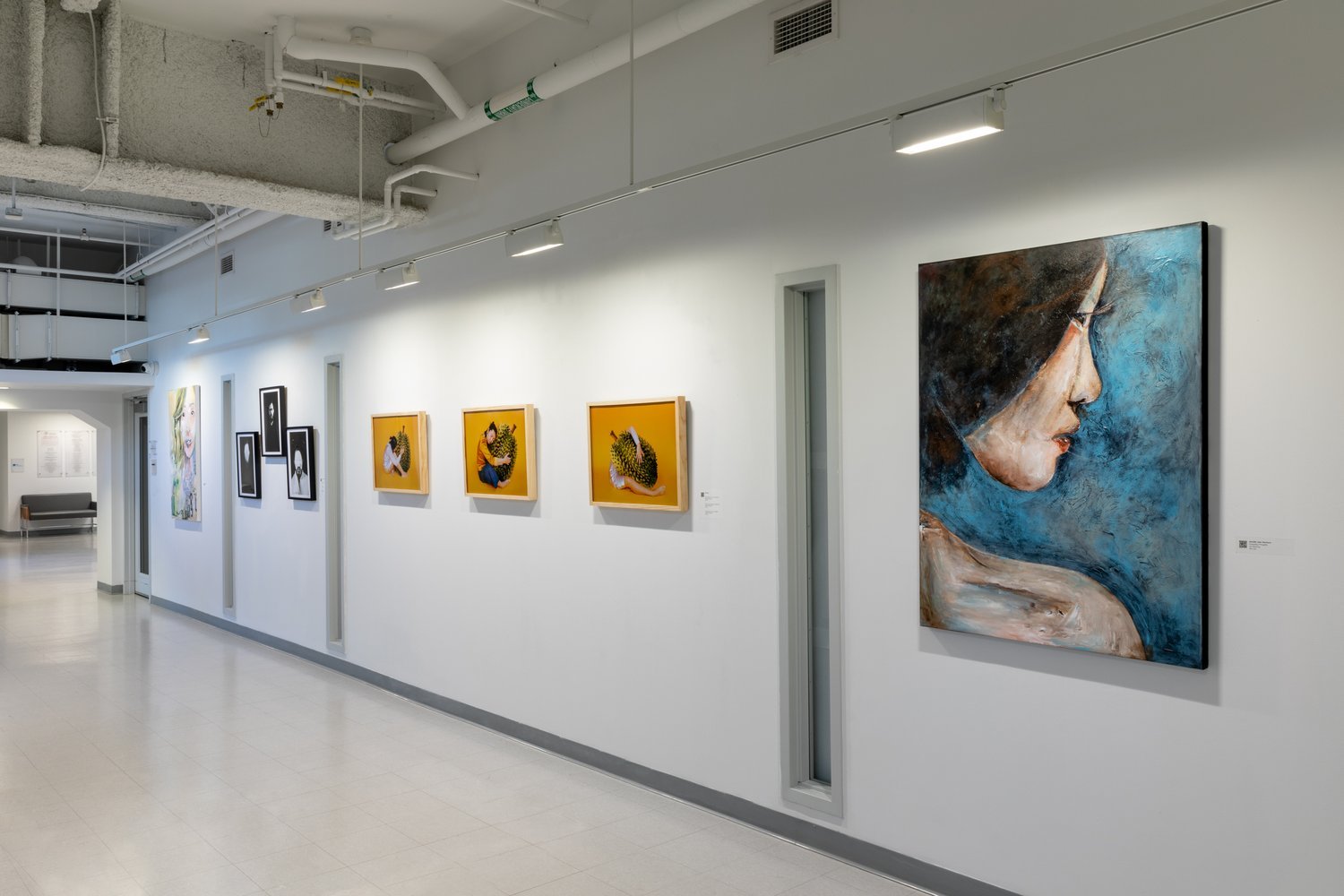
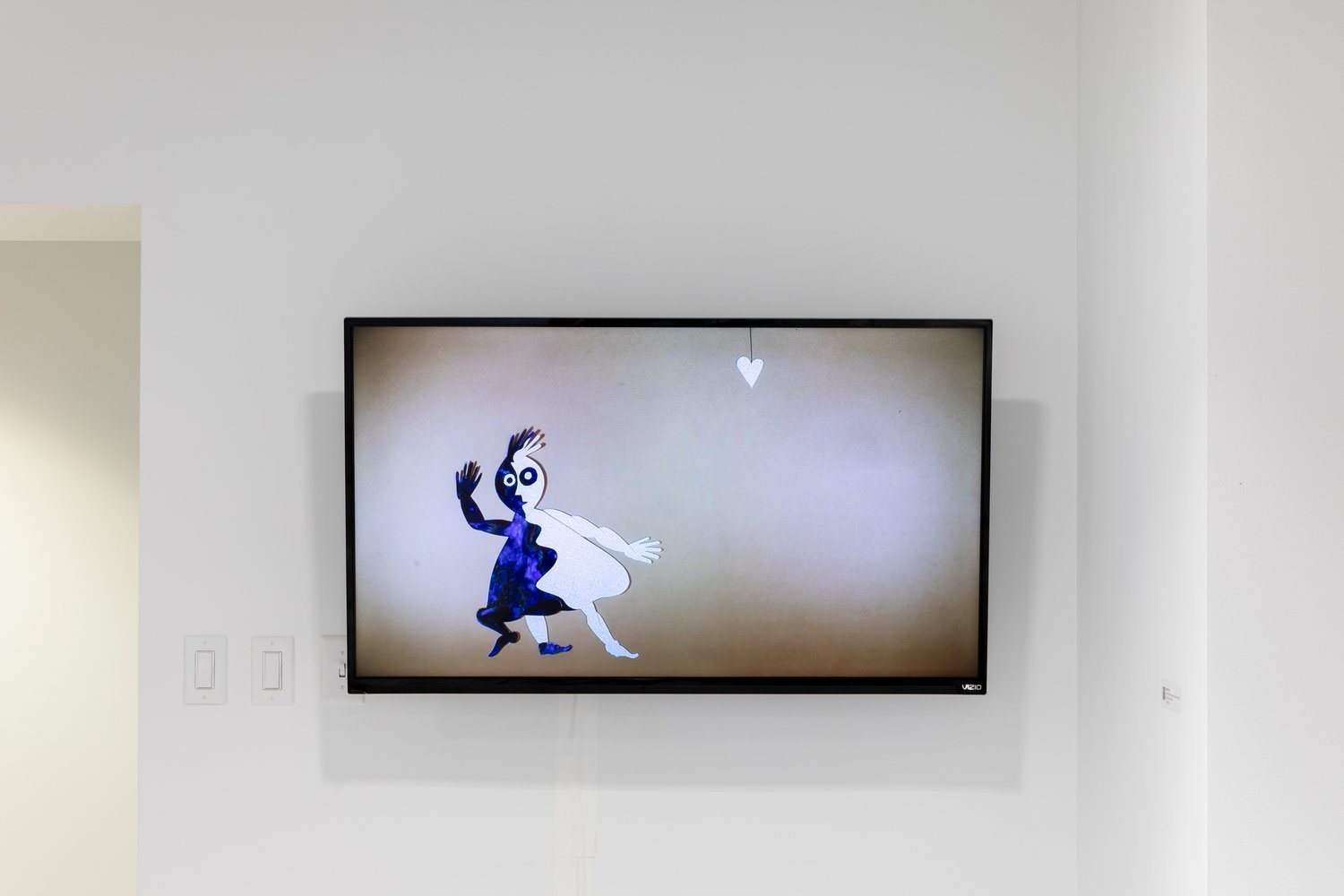
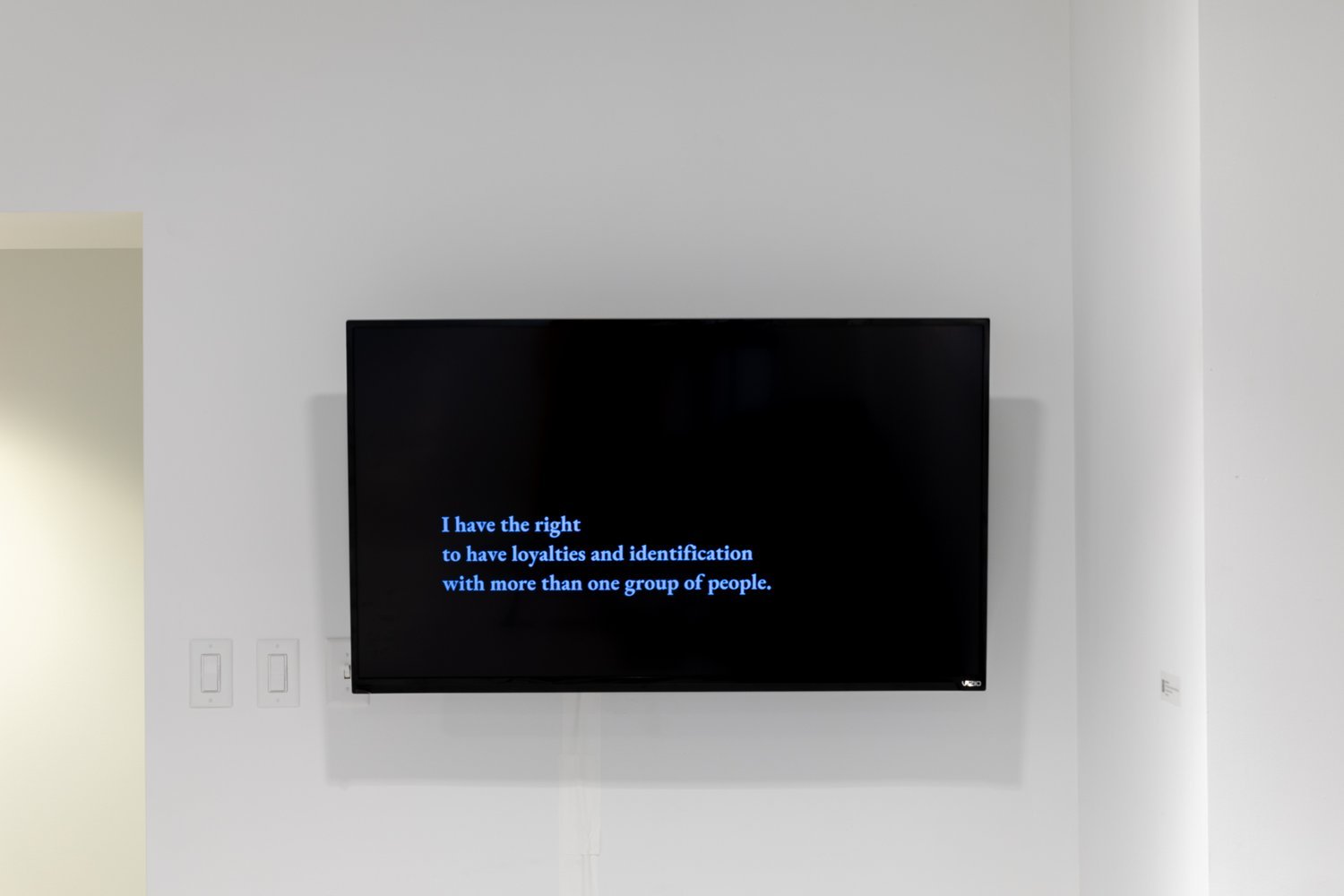
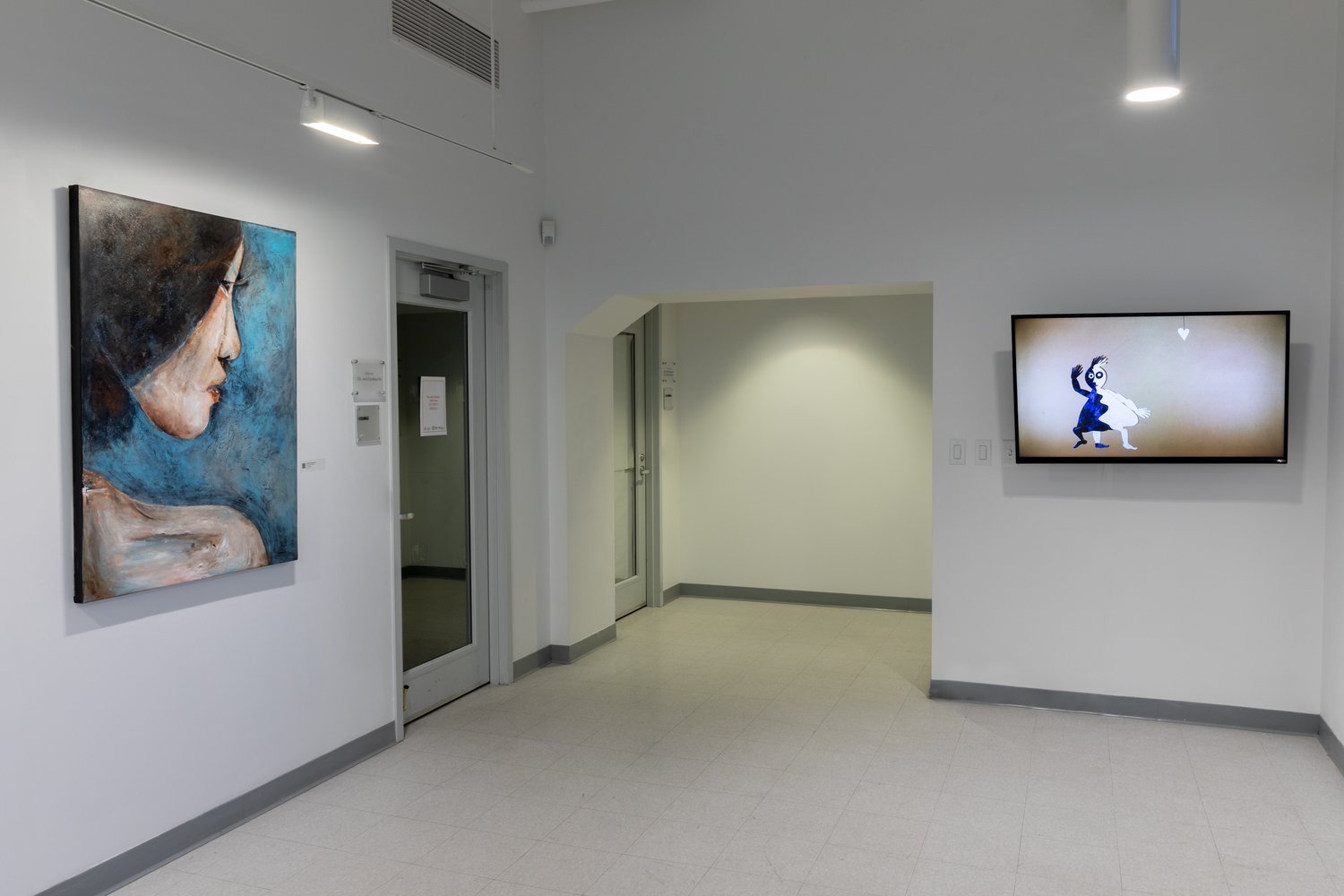
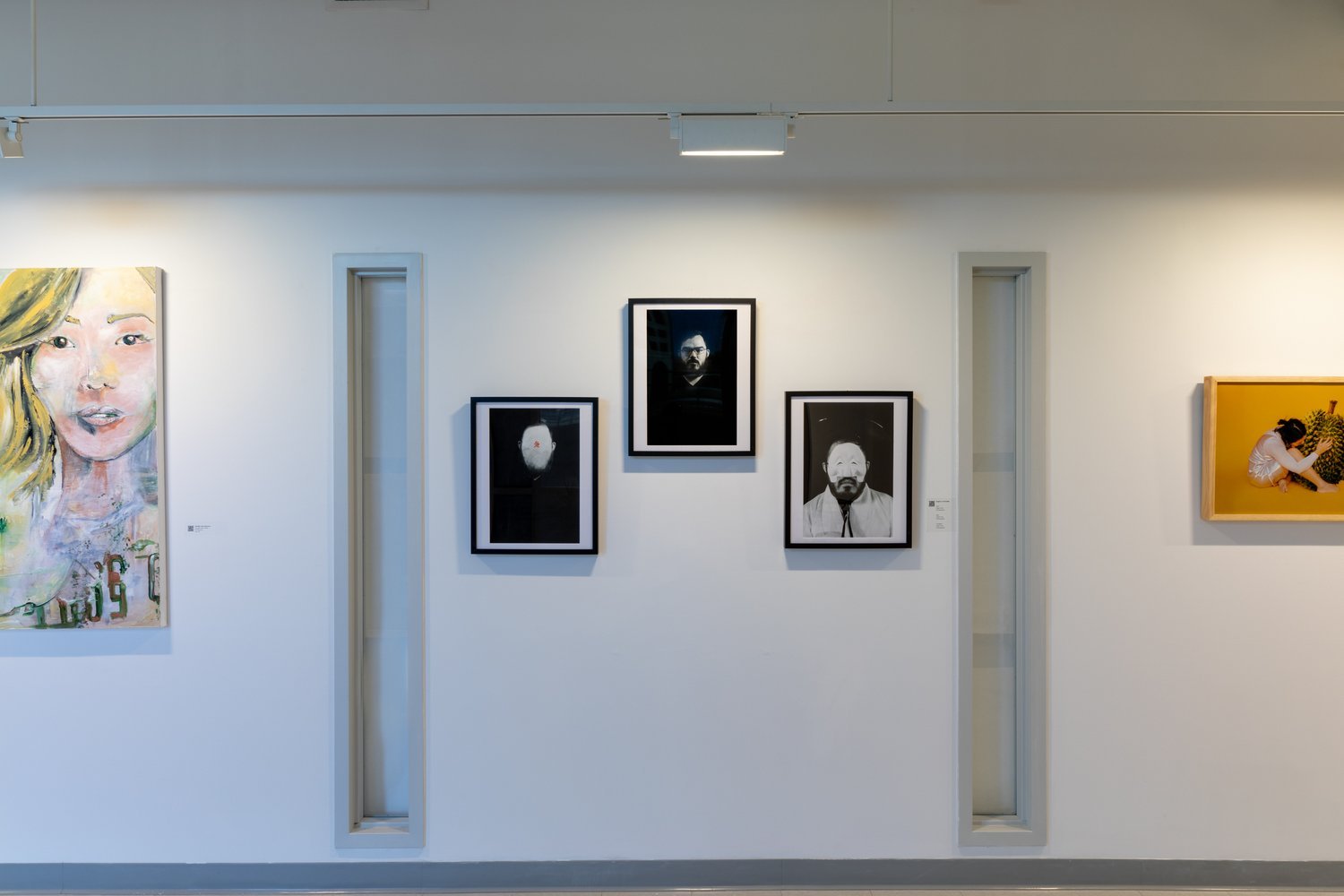
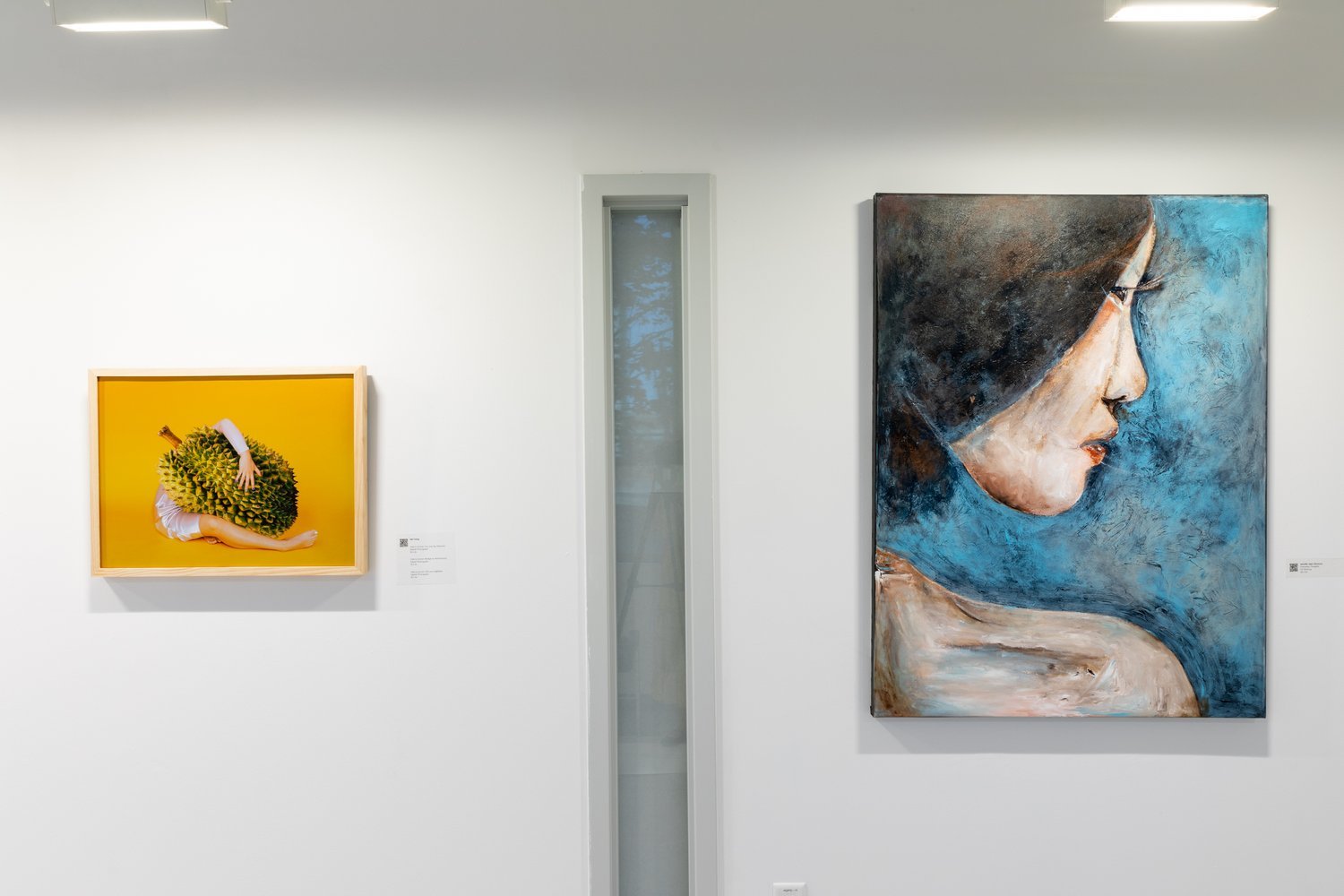
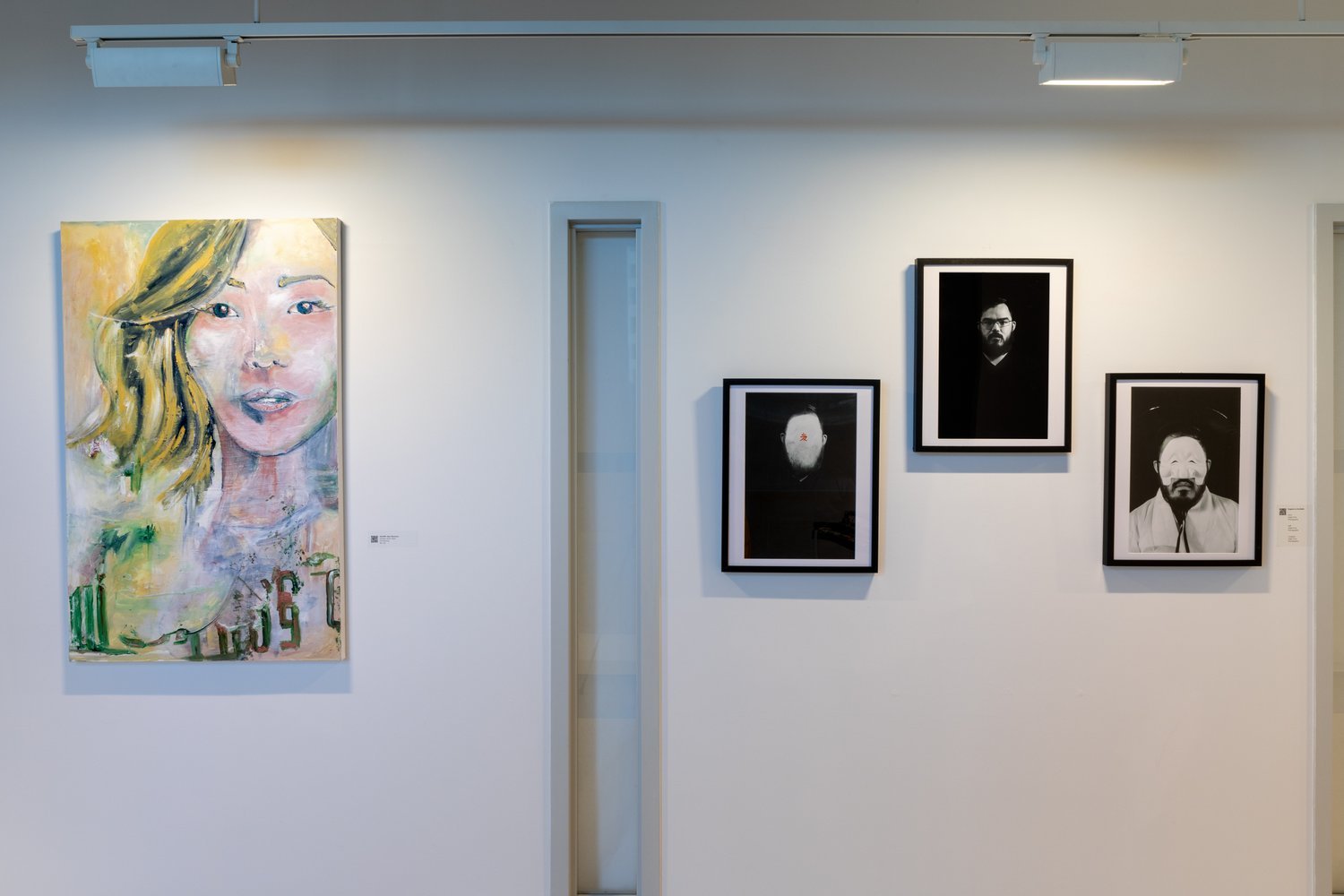
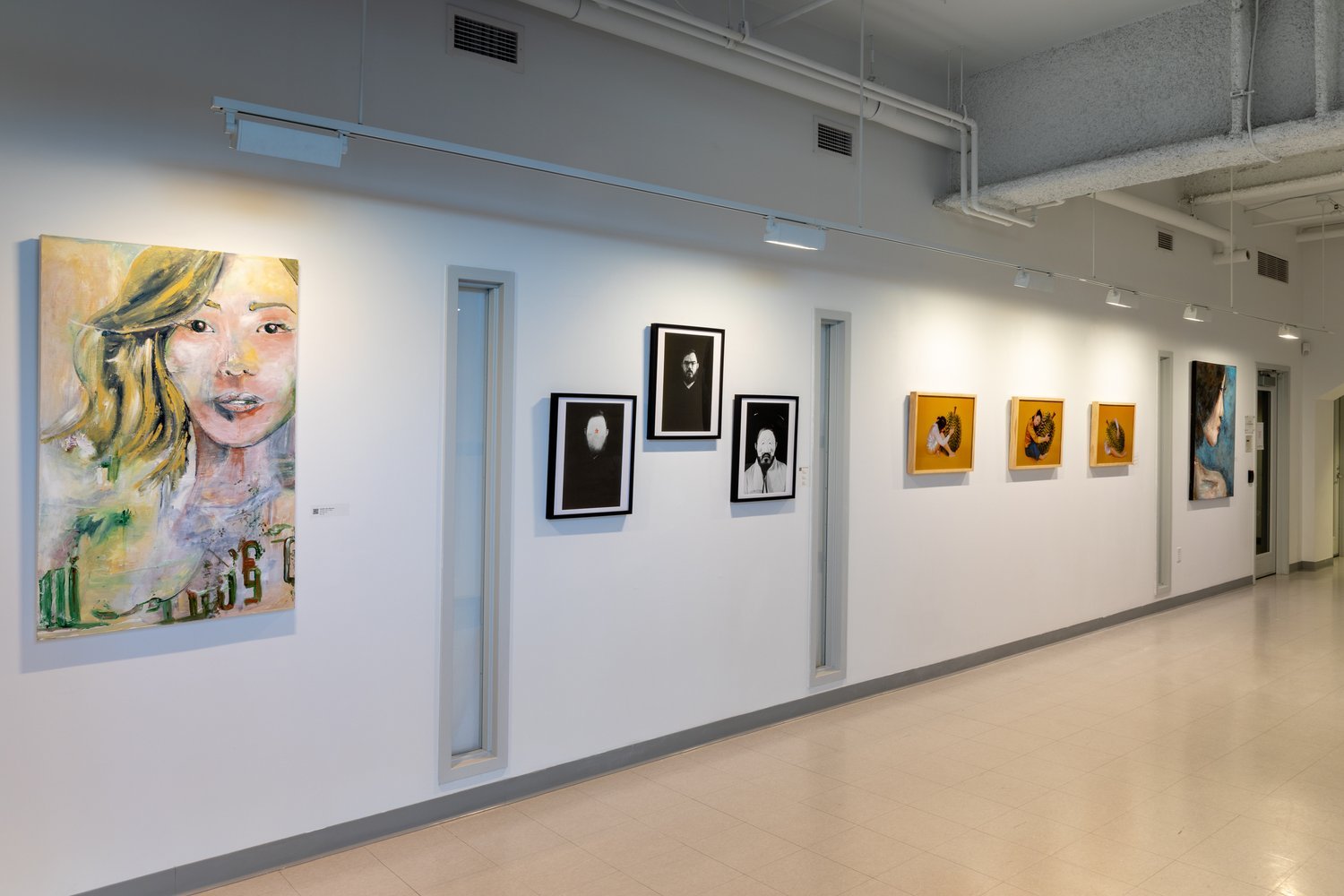
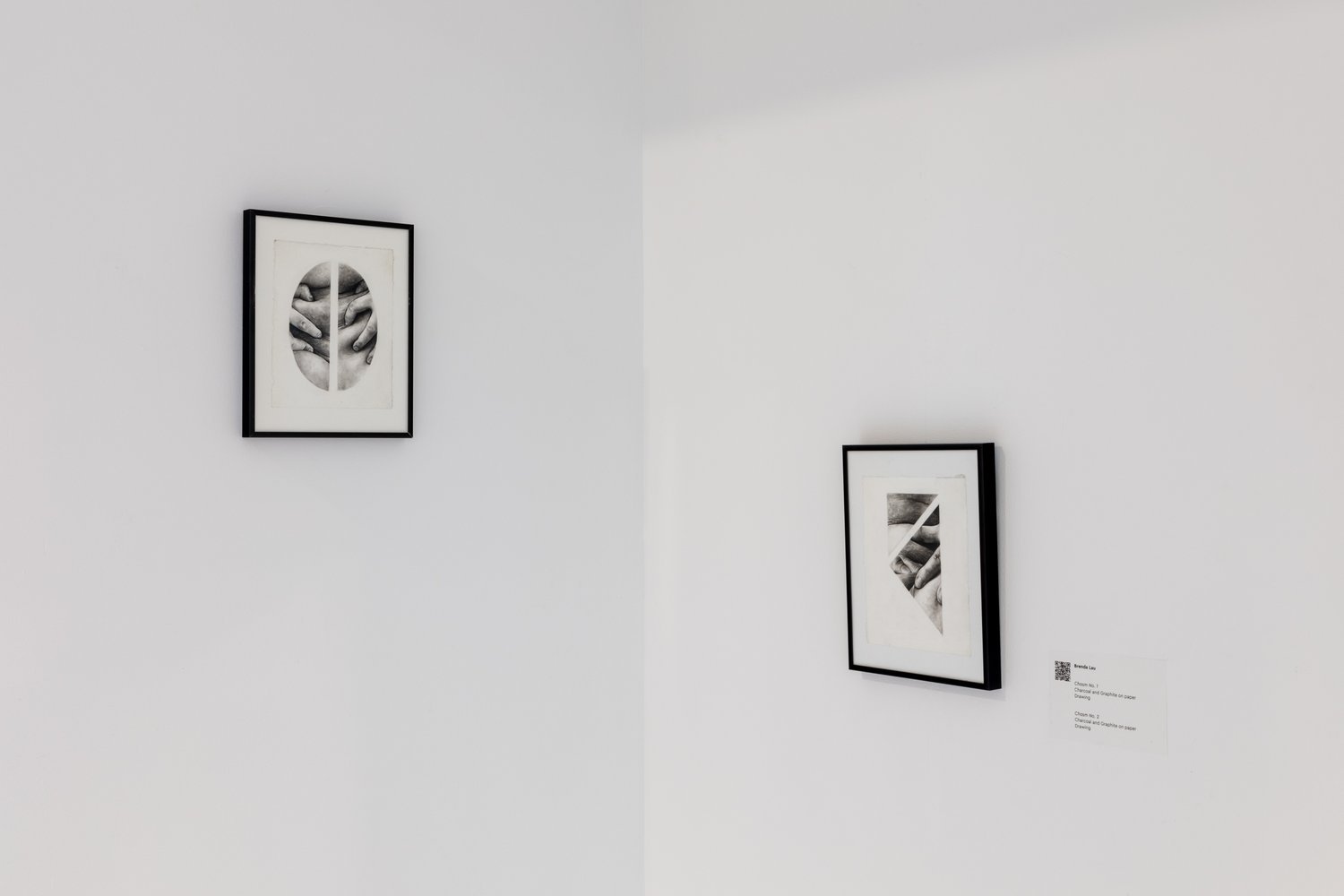
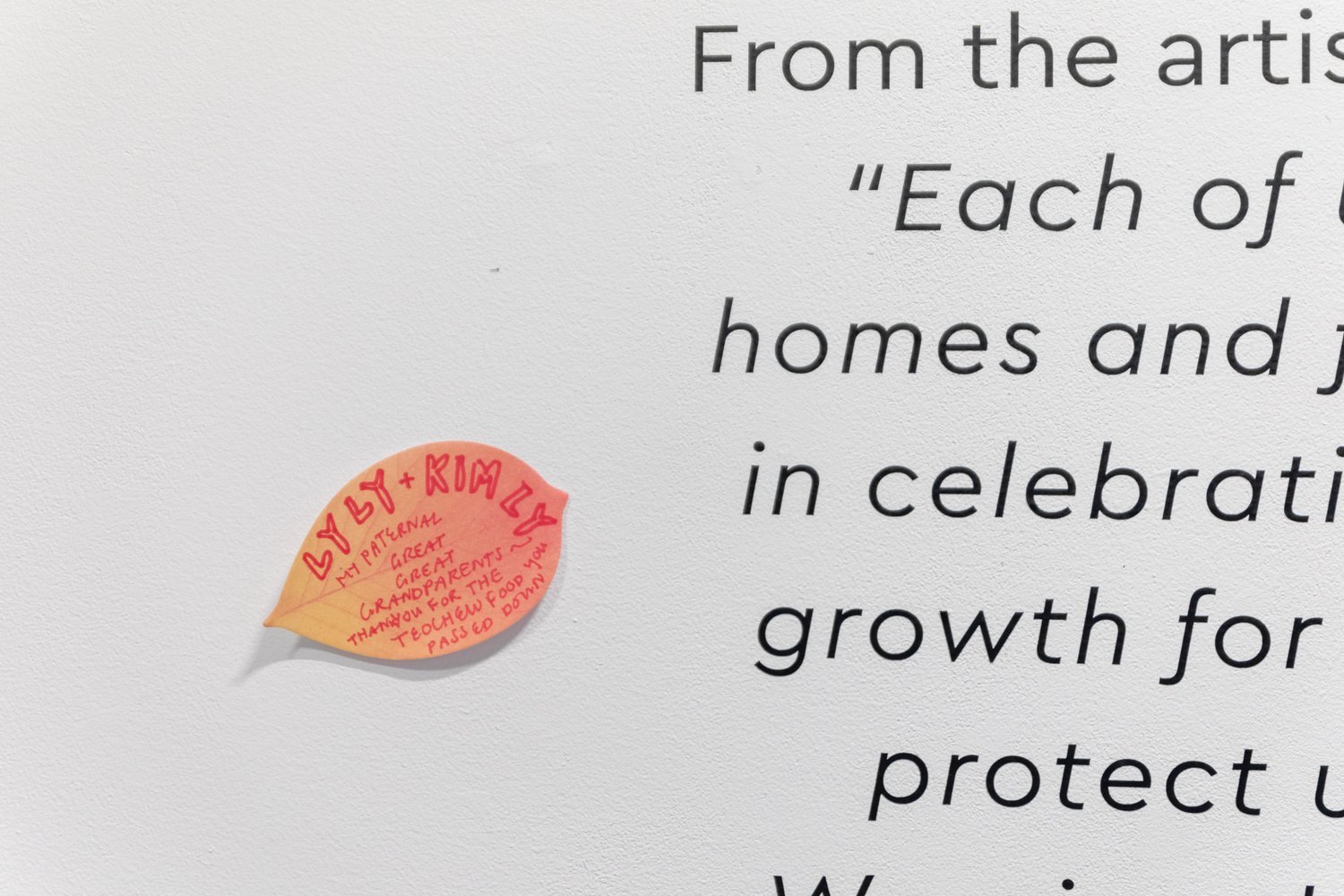
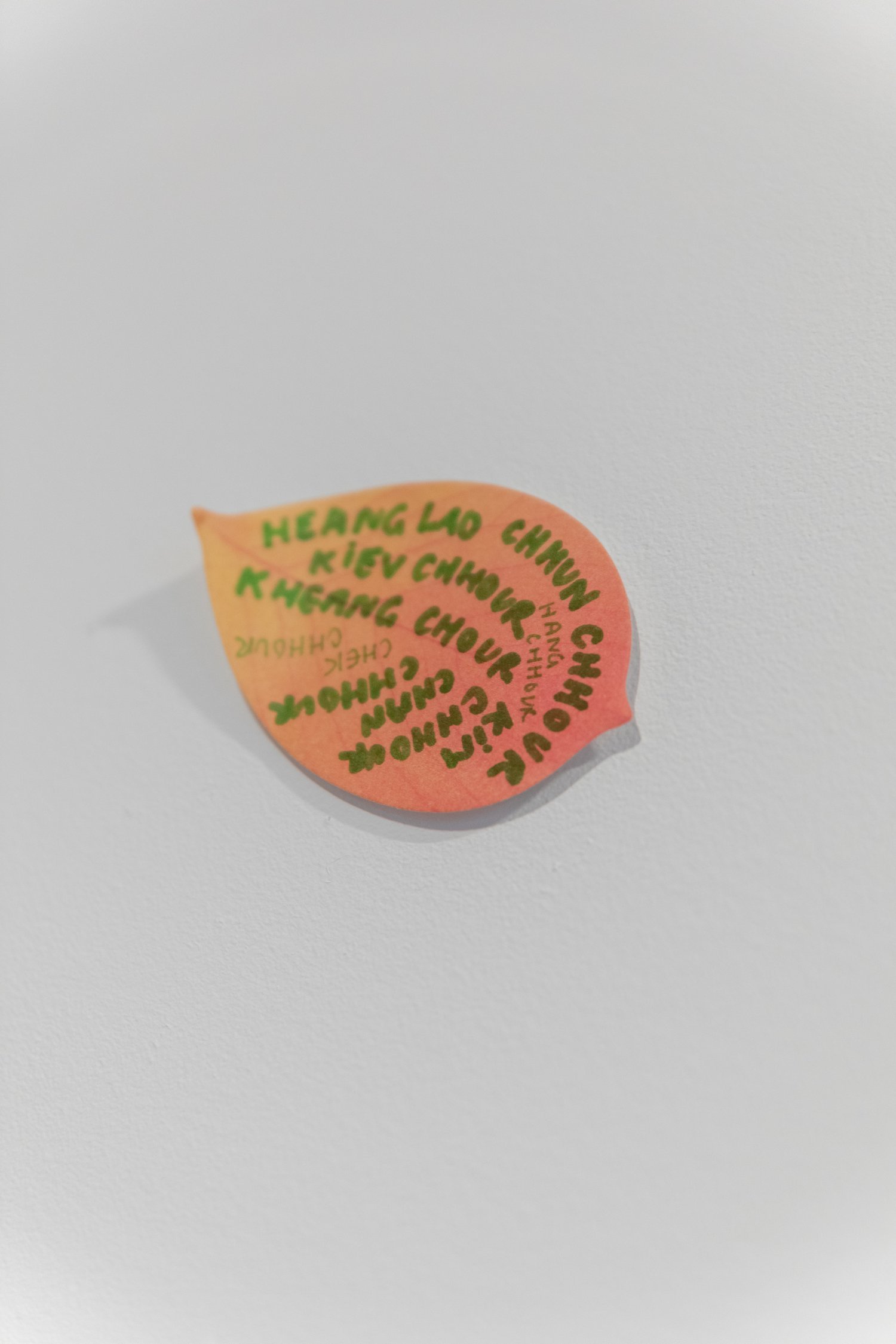
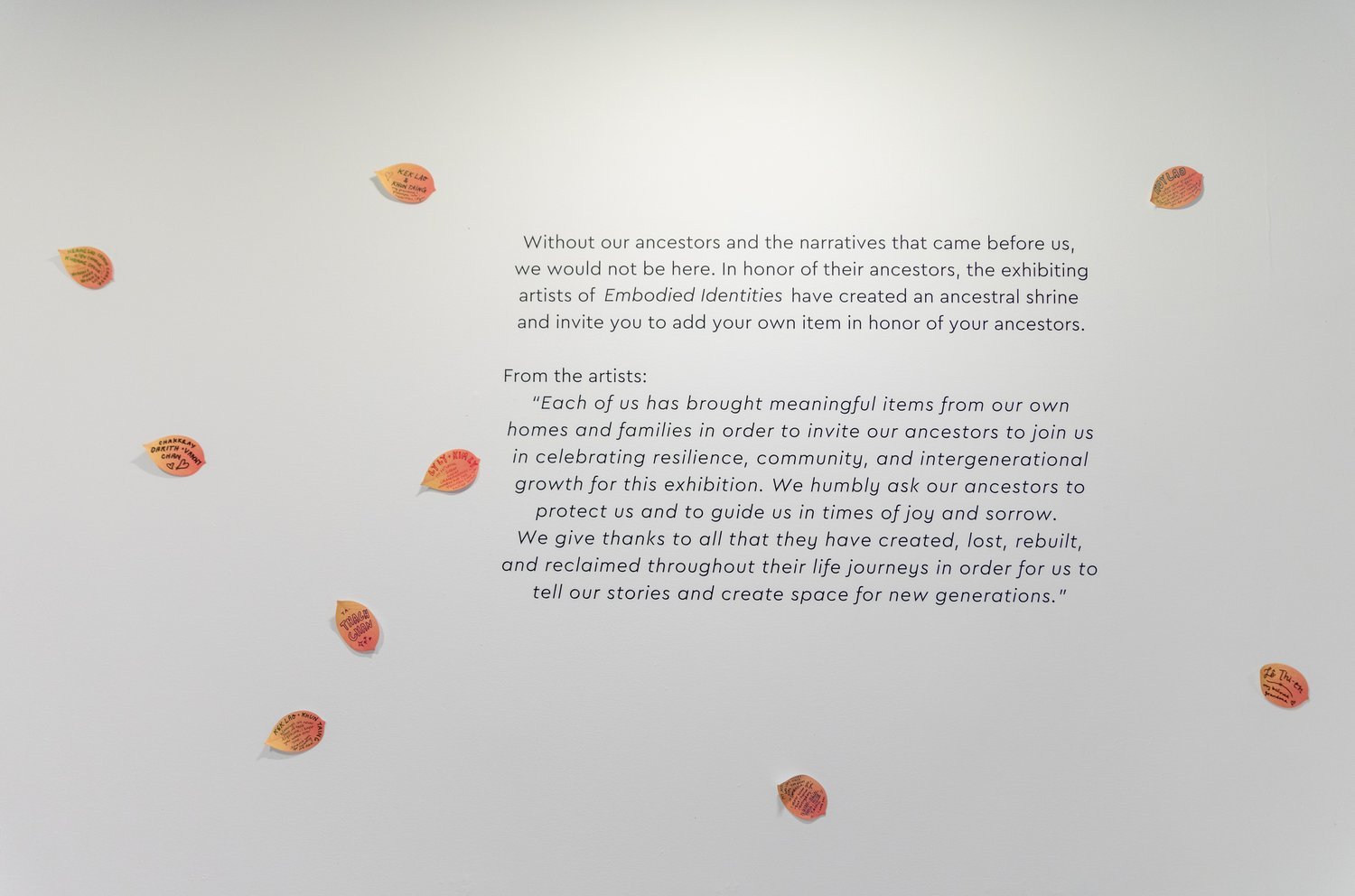
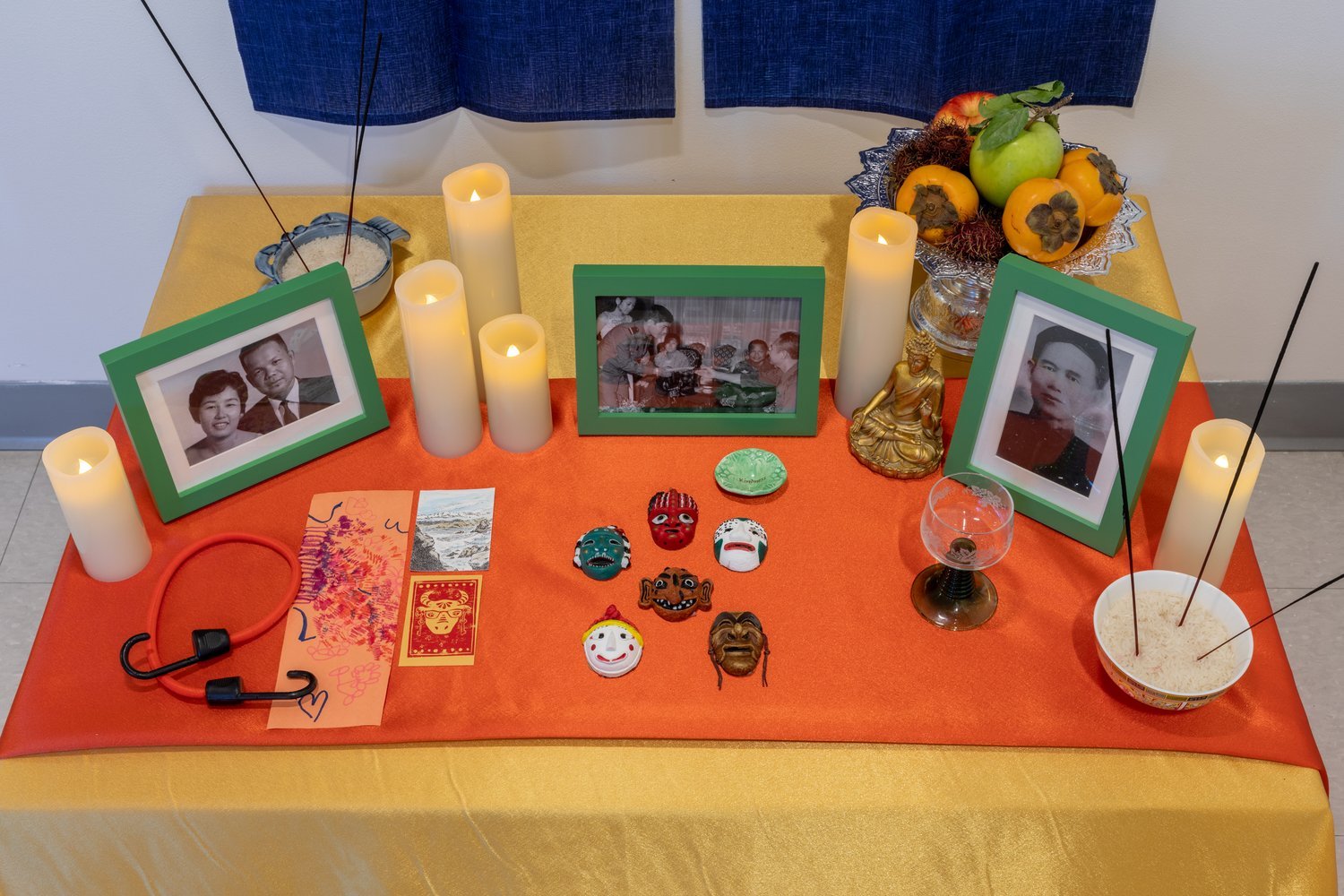
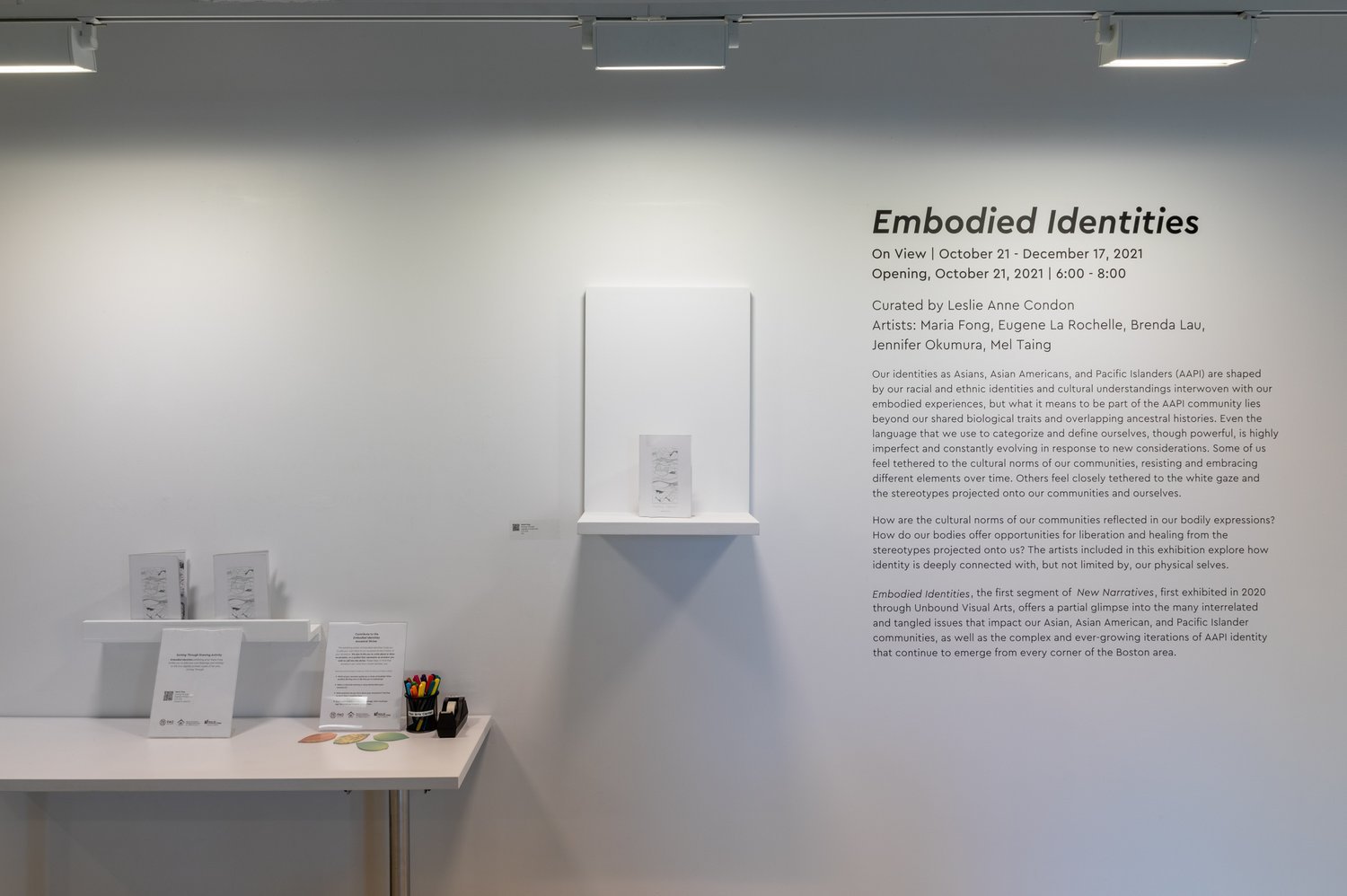
New Narratives: Intergenerational Storytelling Gallery Exhibit

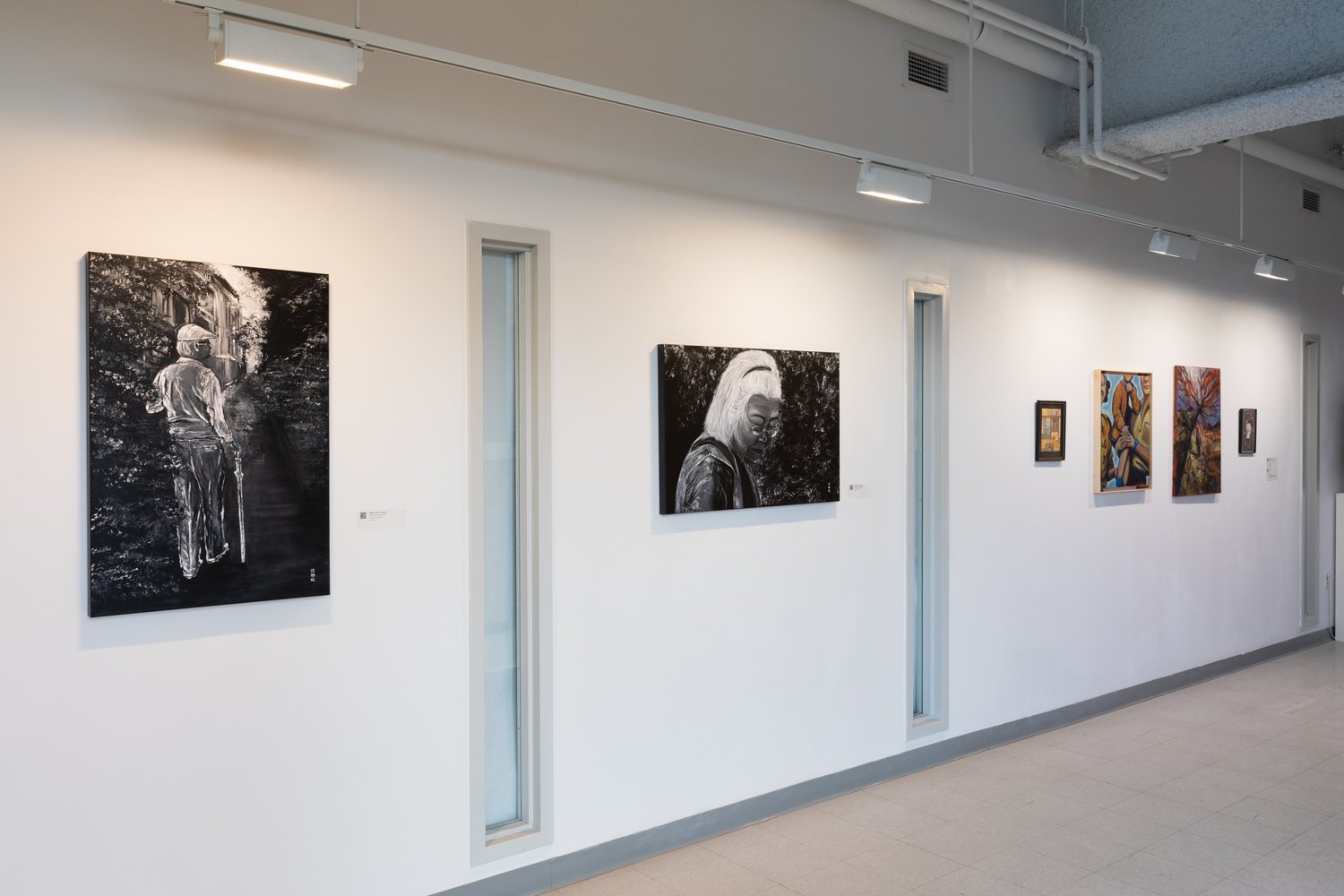
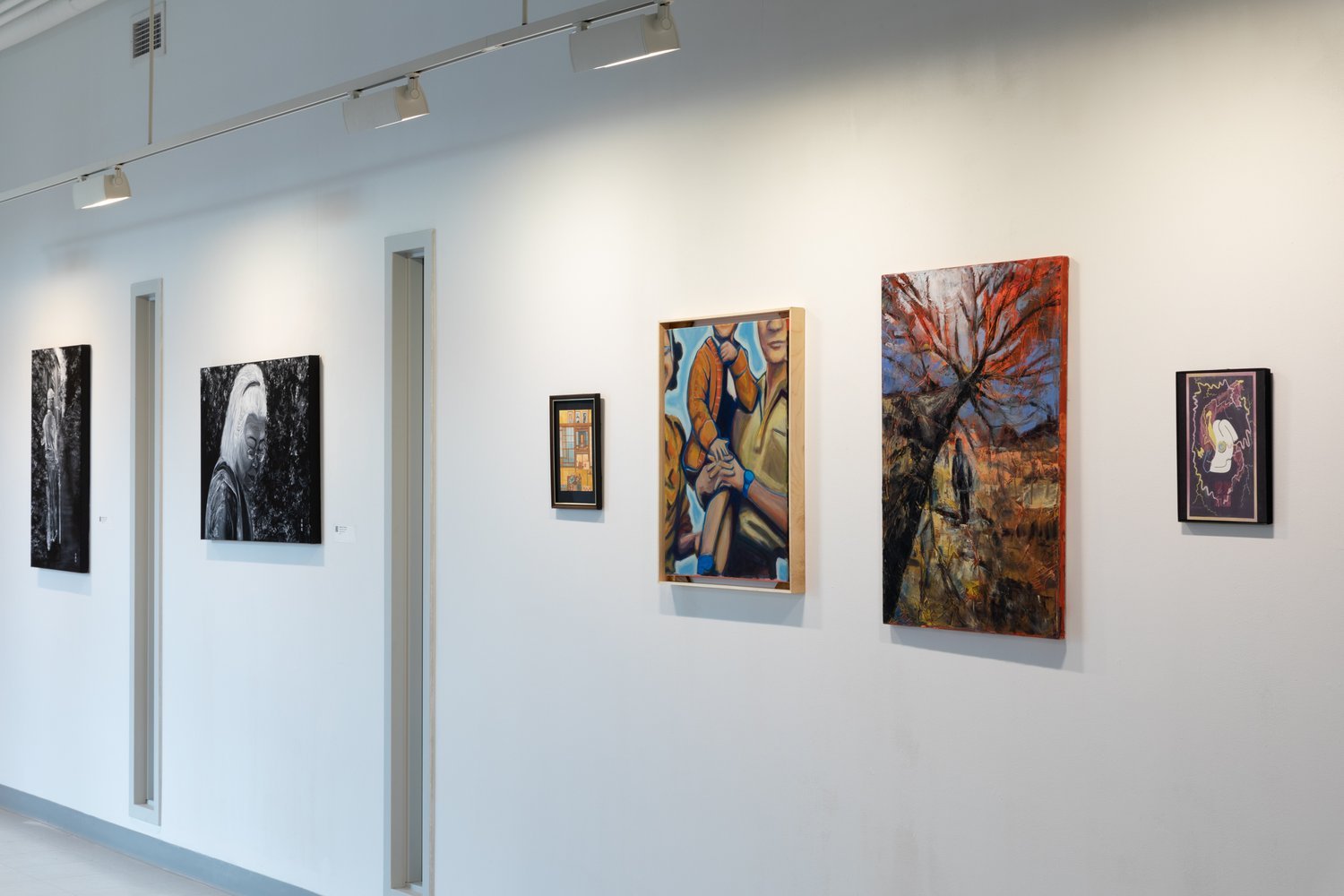
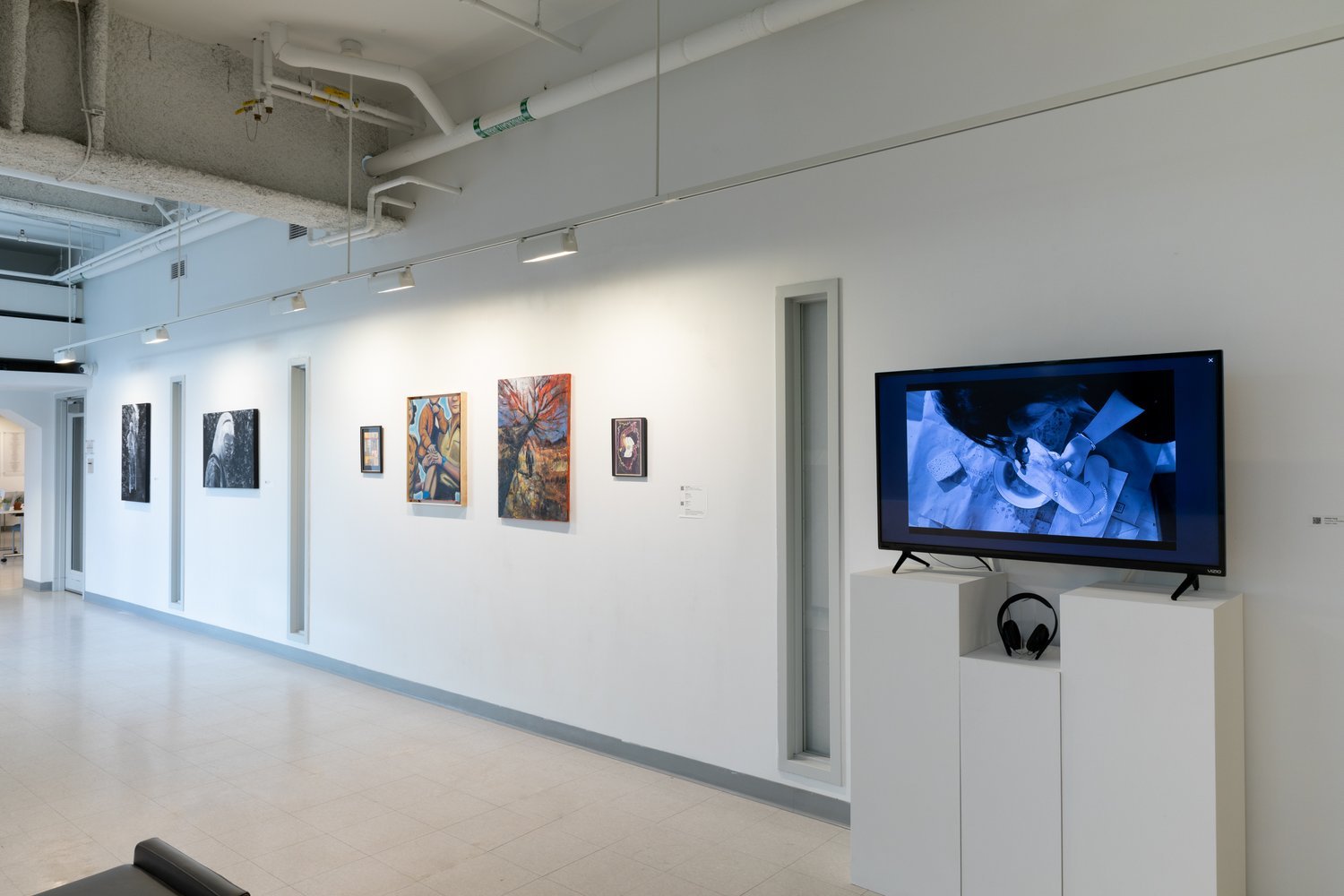
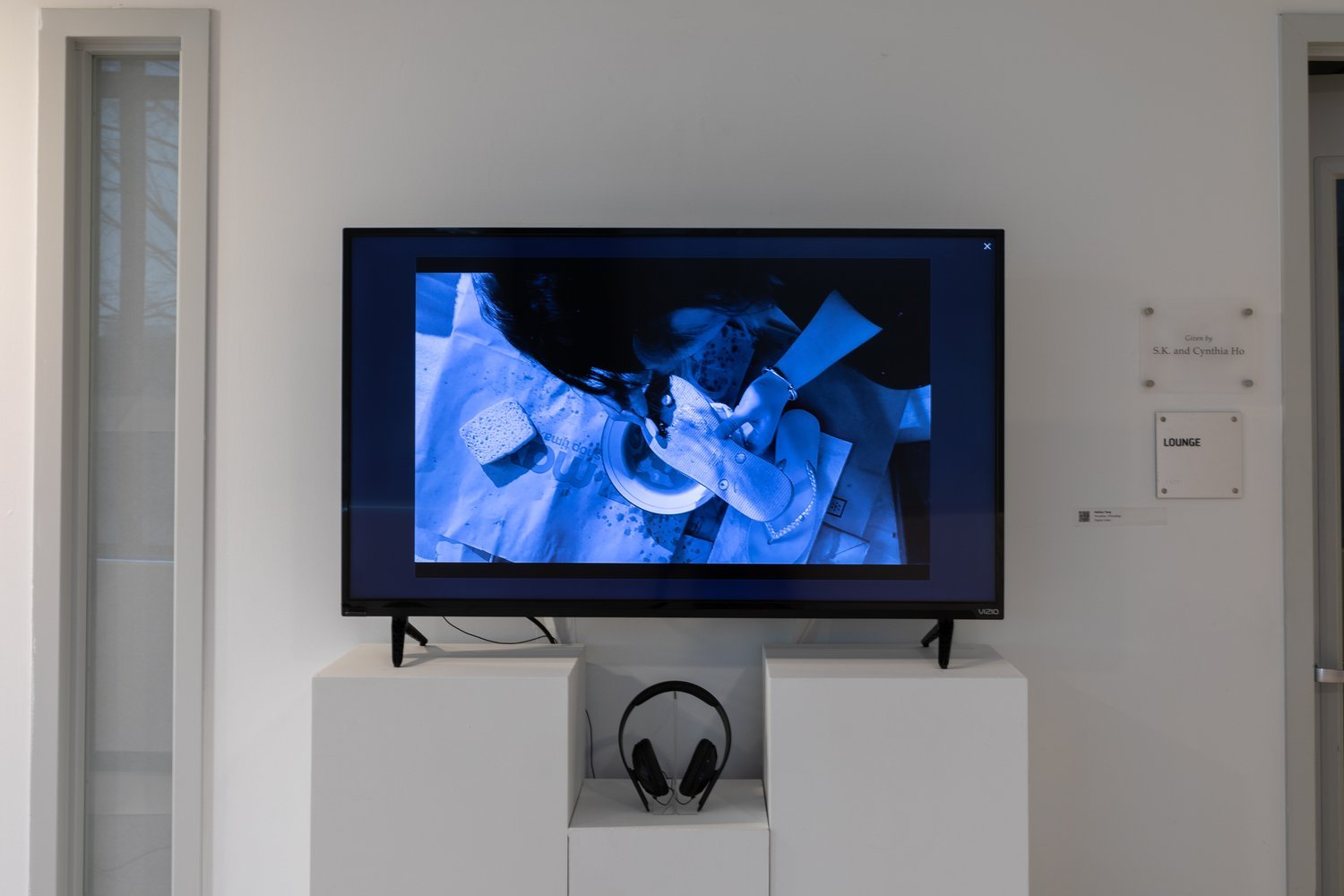
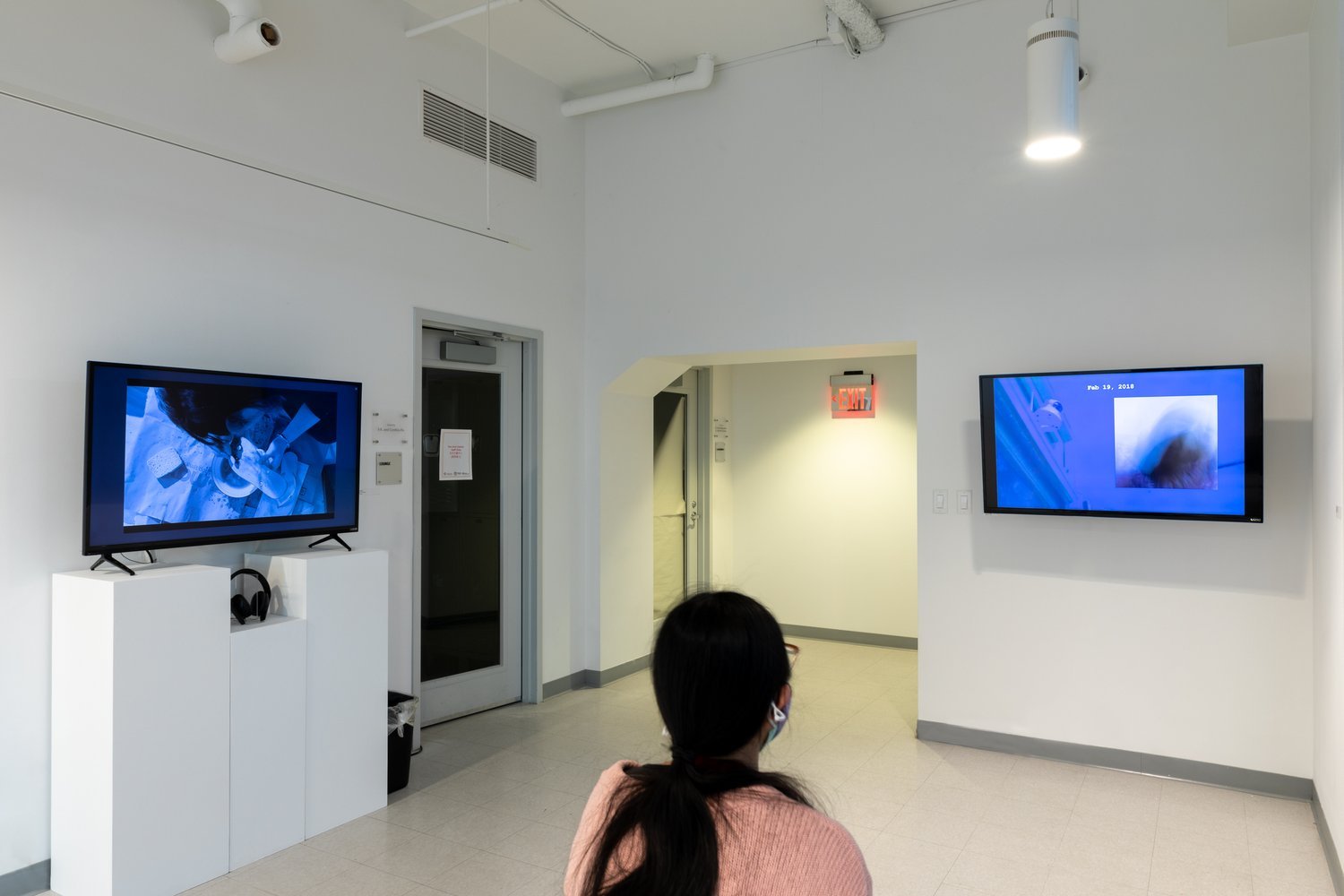
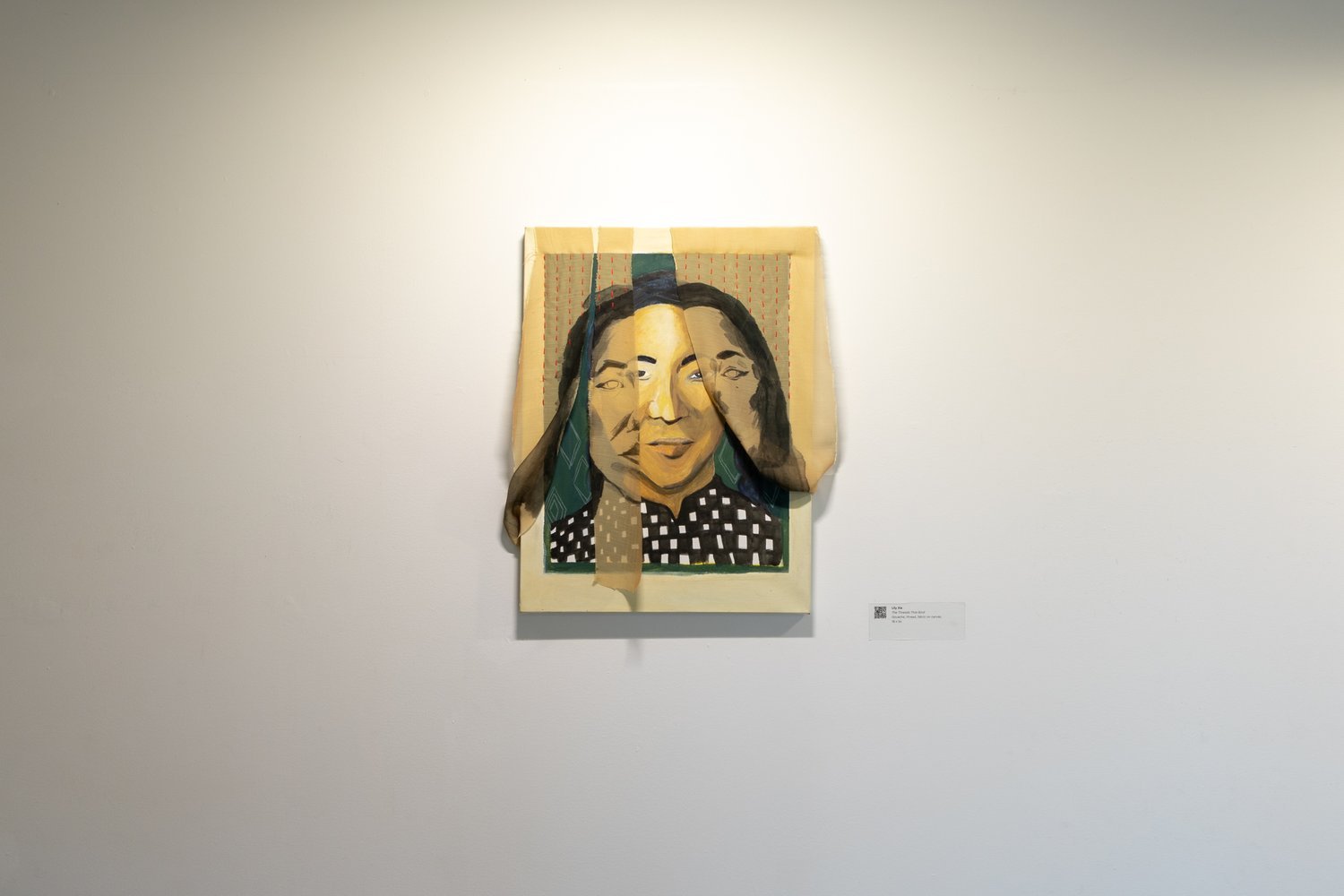
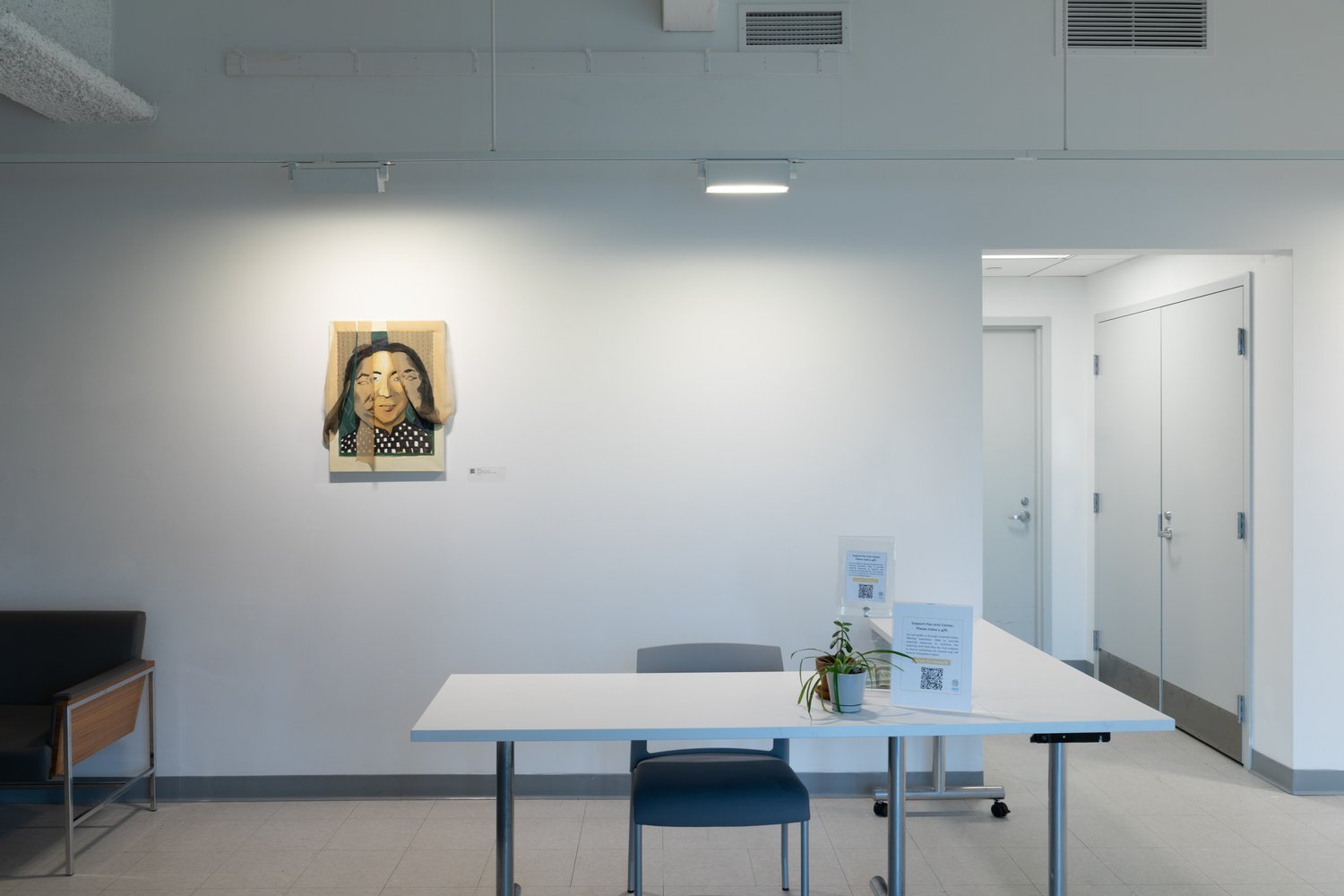
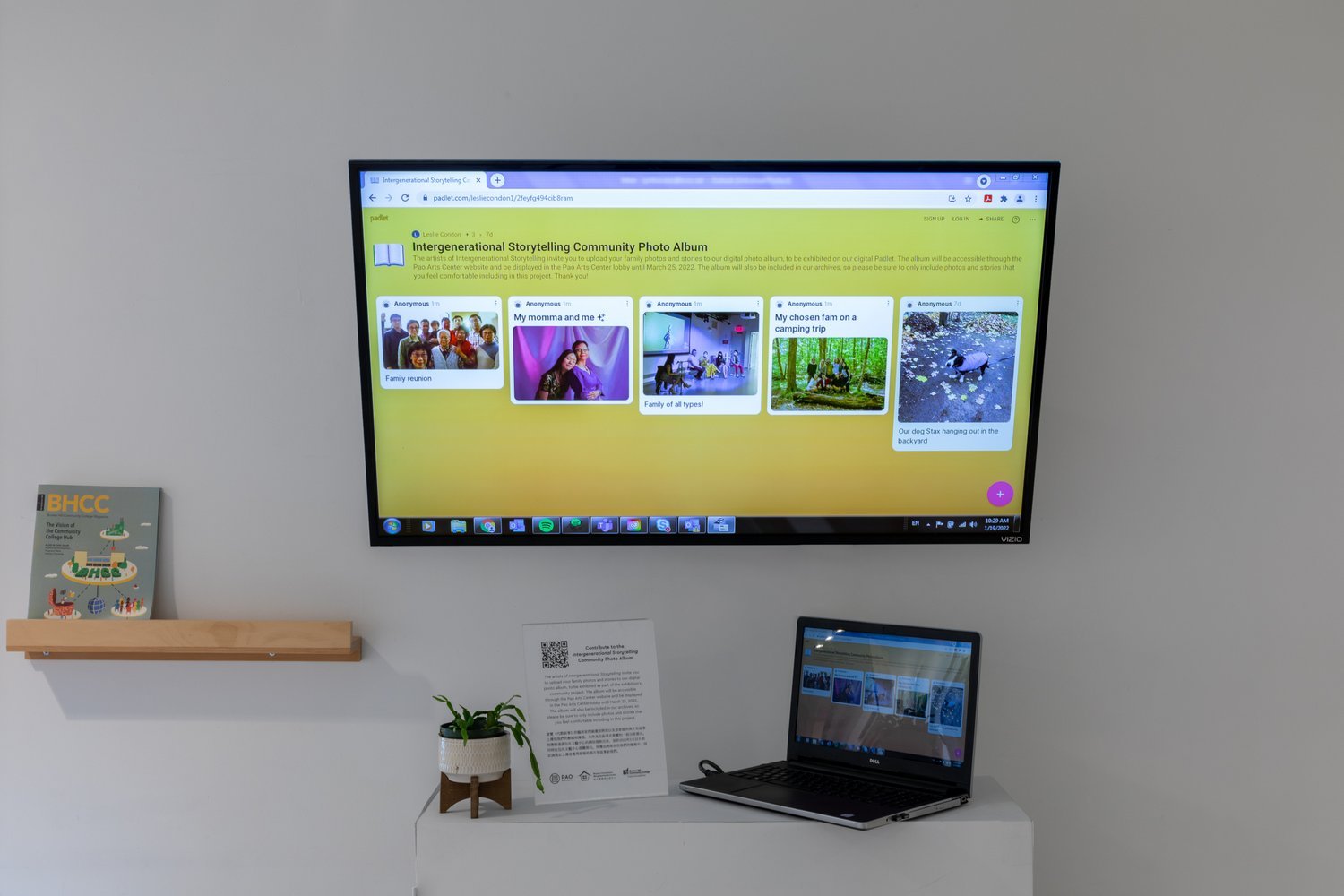
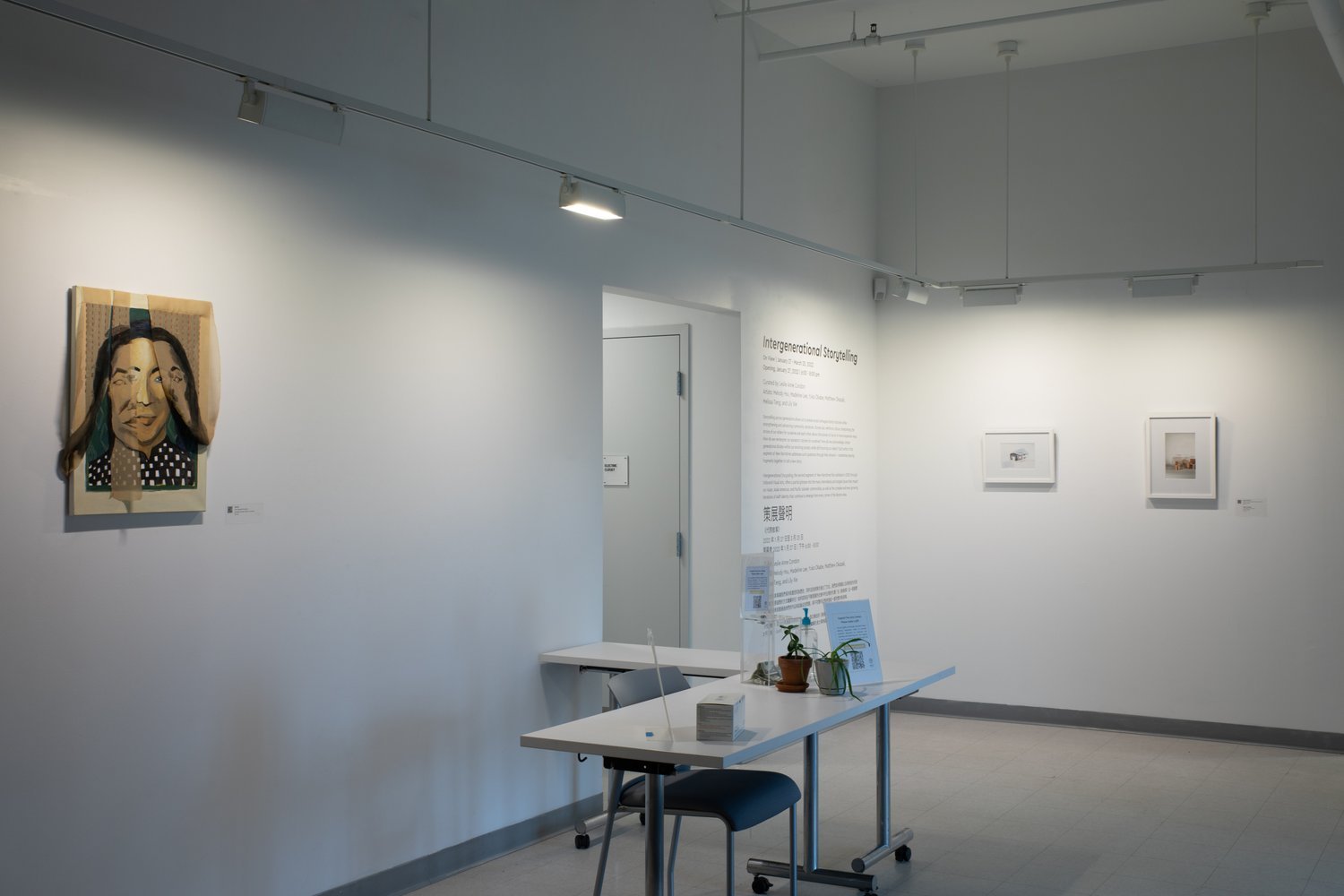
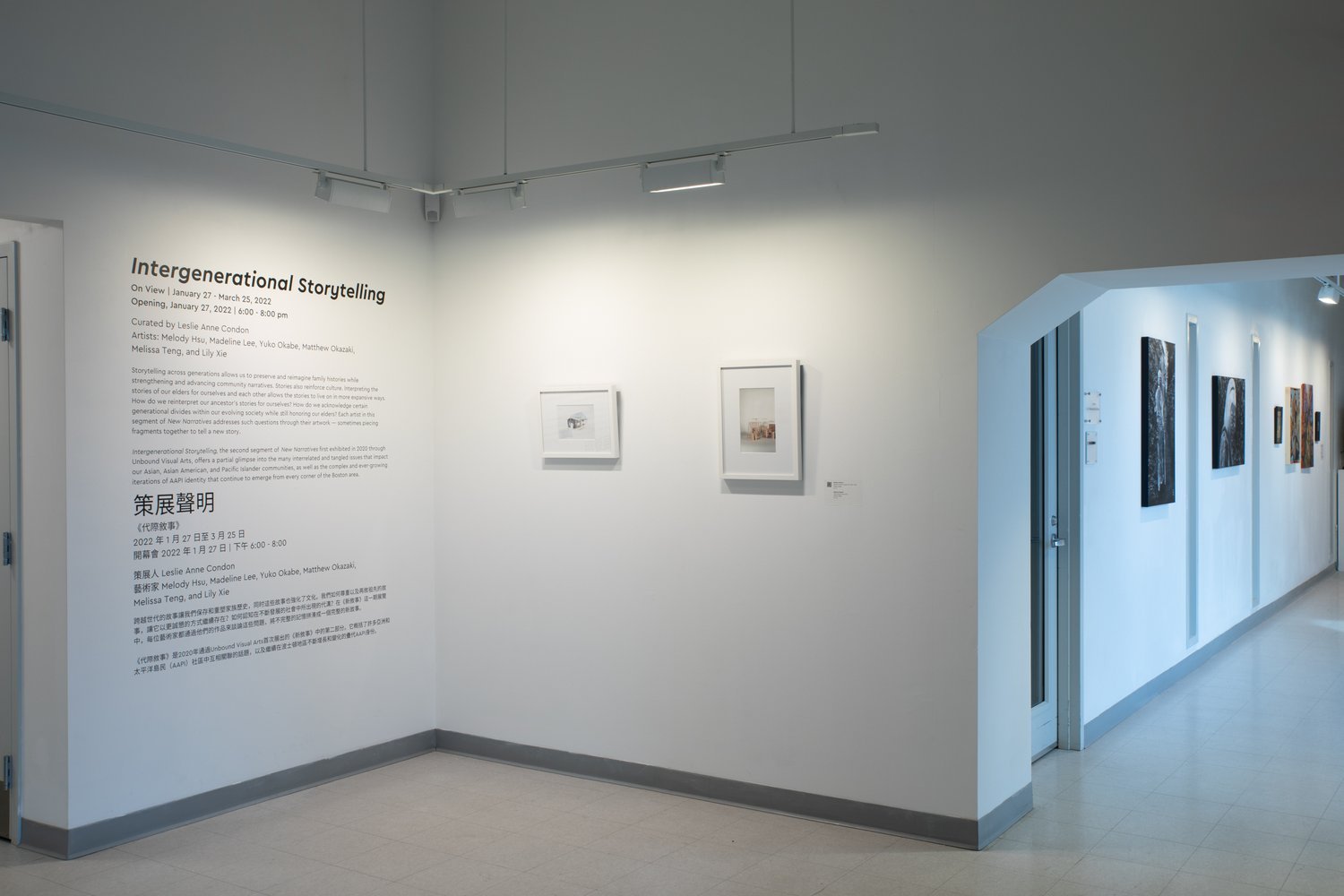
New Narratives: The Collective Imaginary Gallery Exhibit
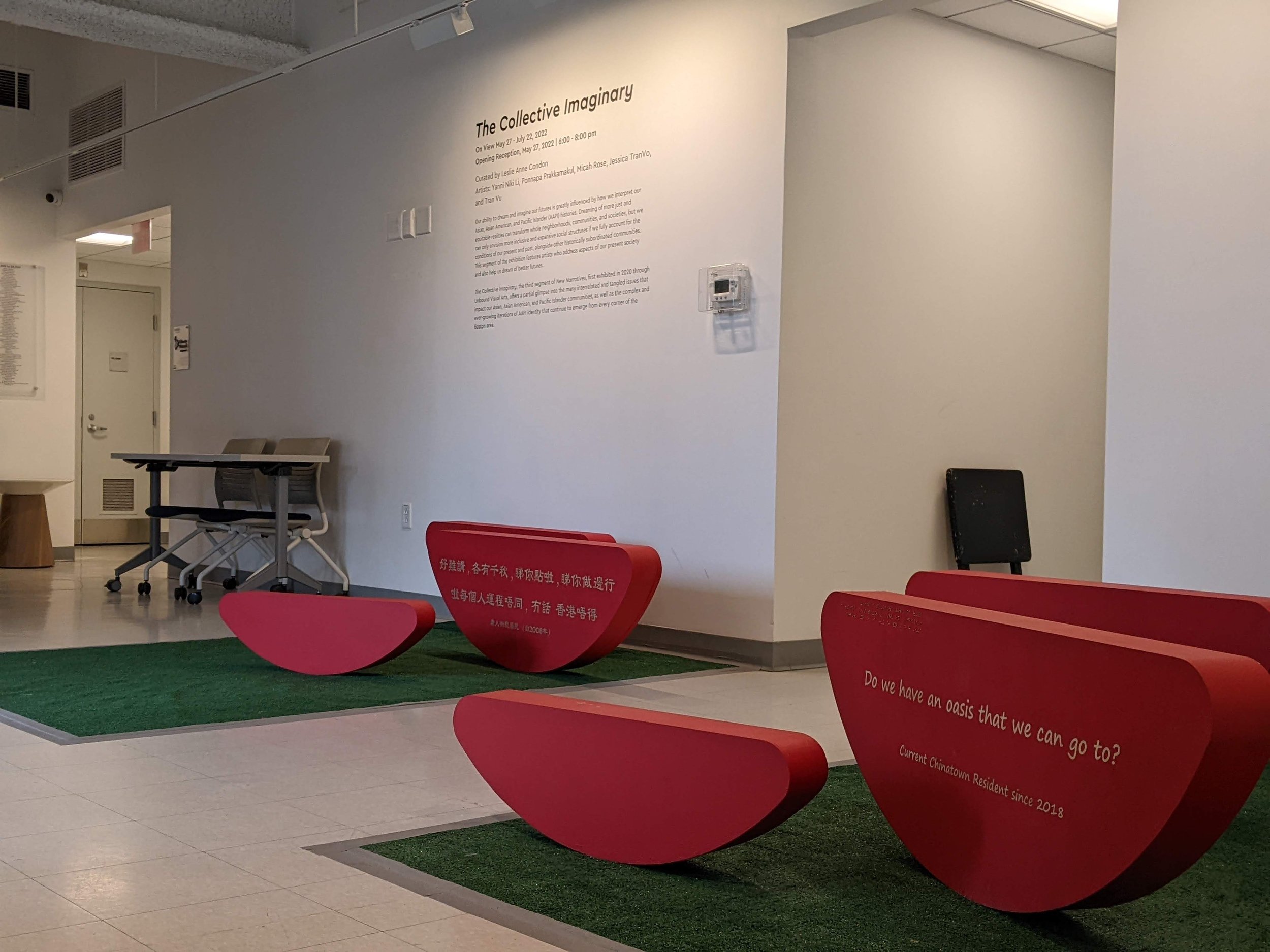
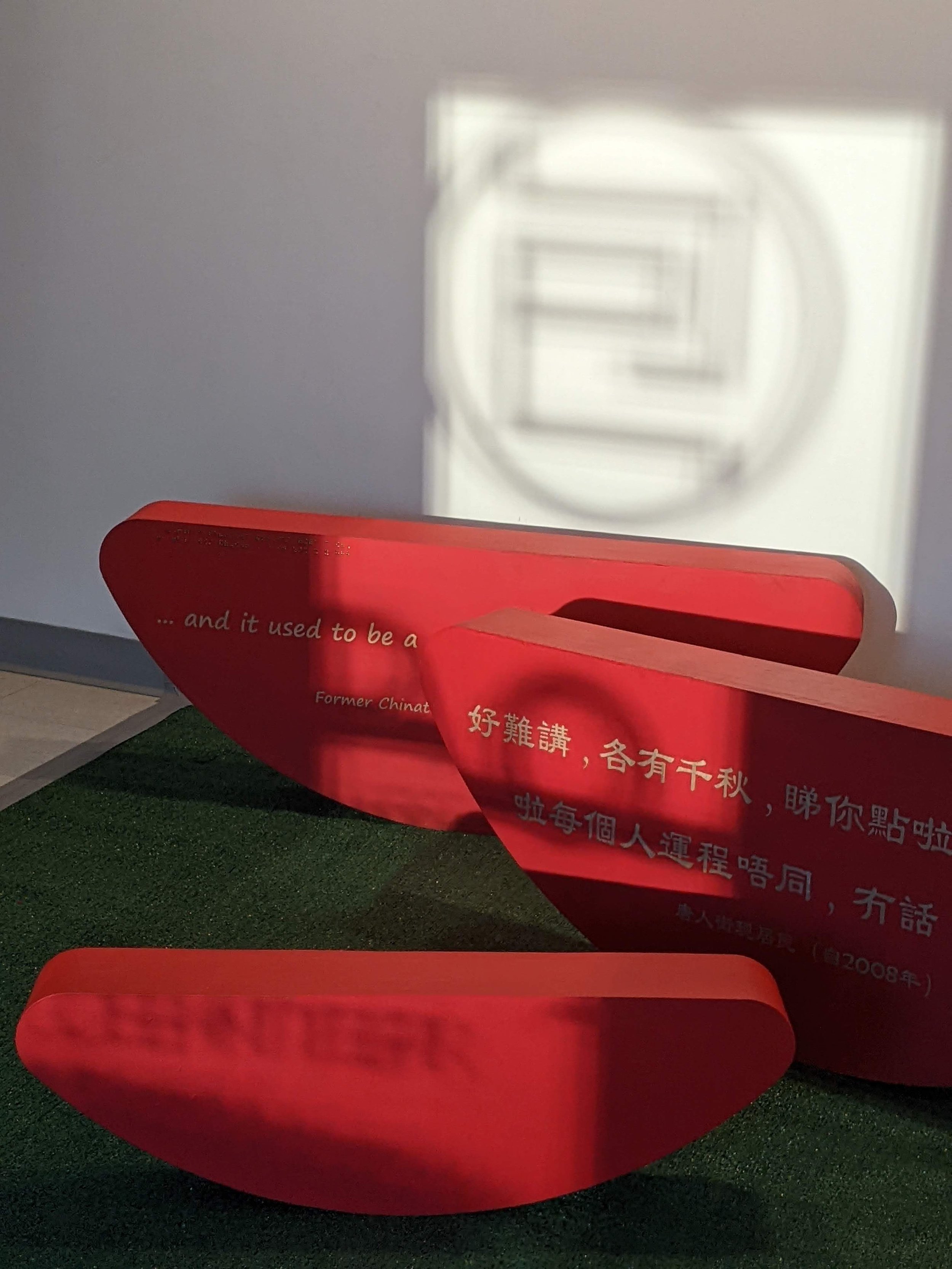
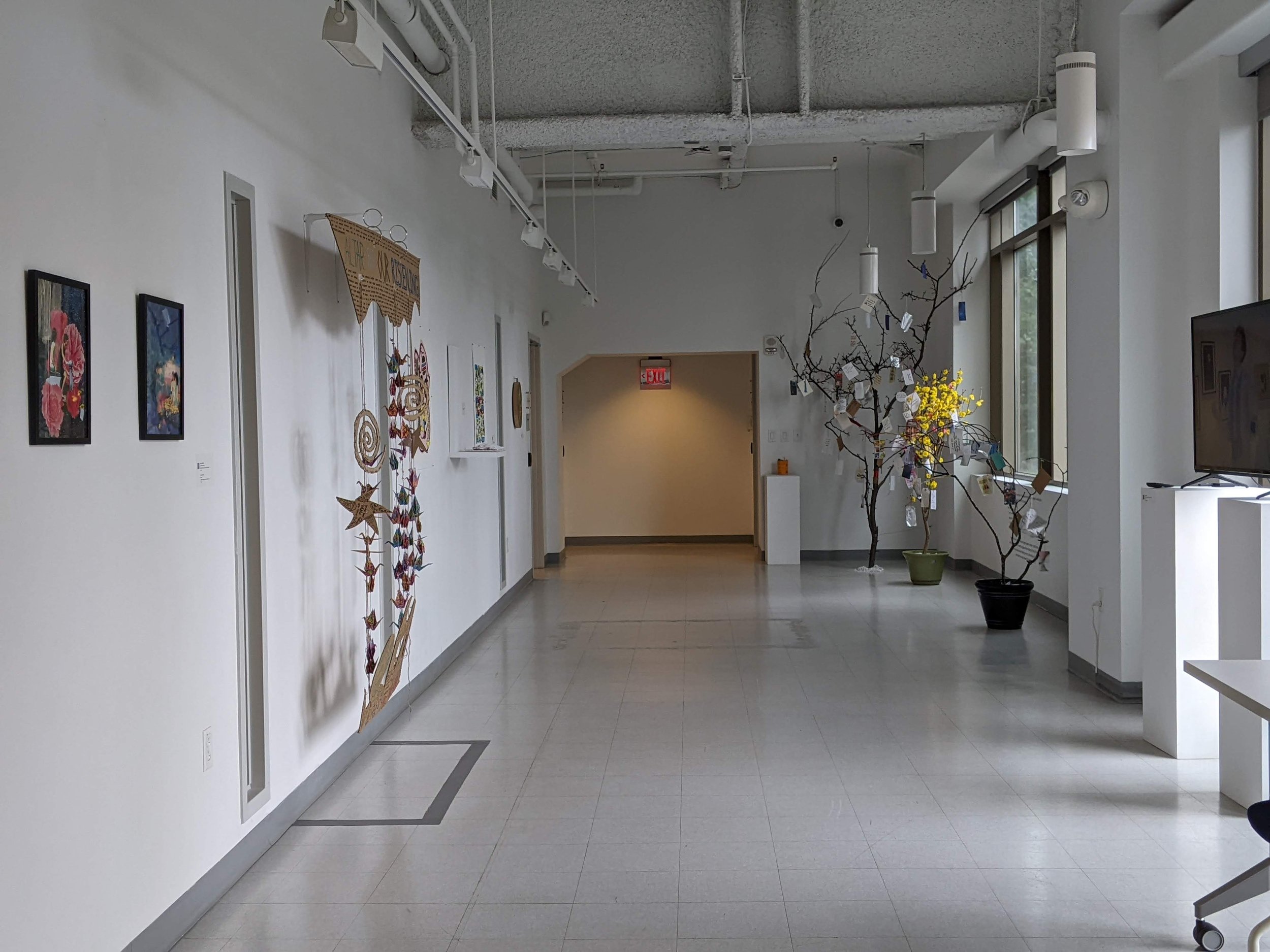
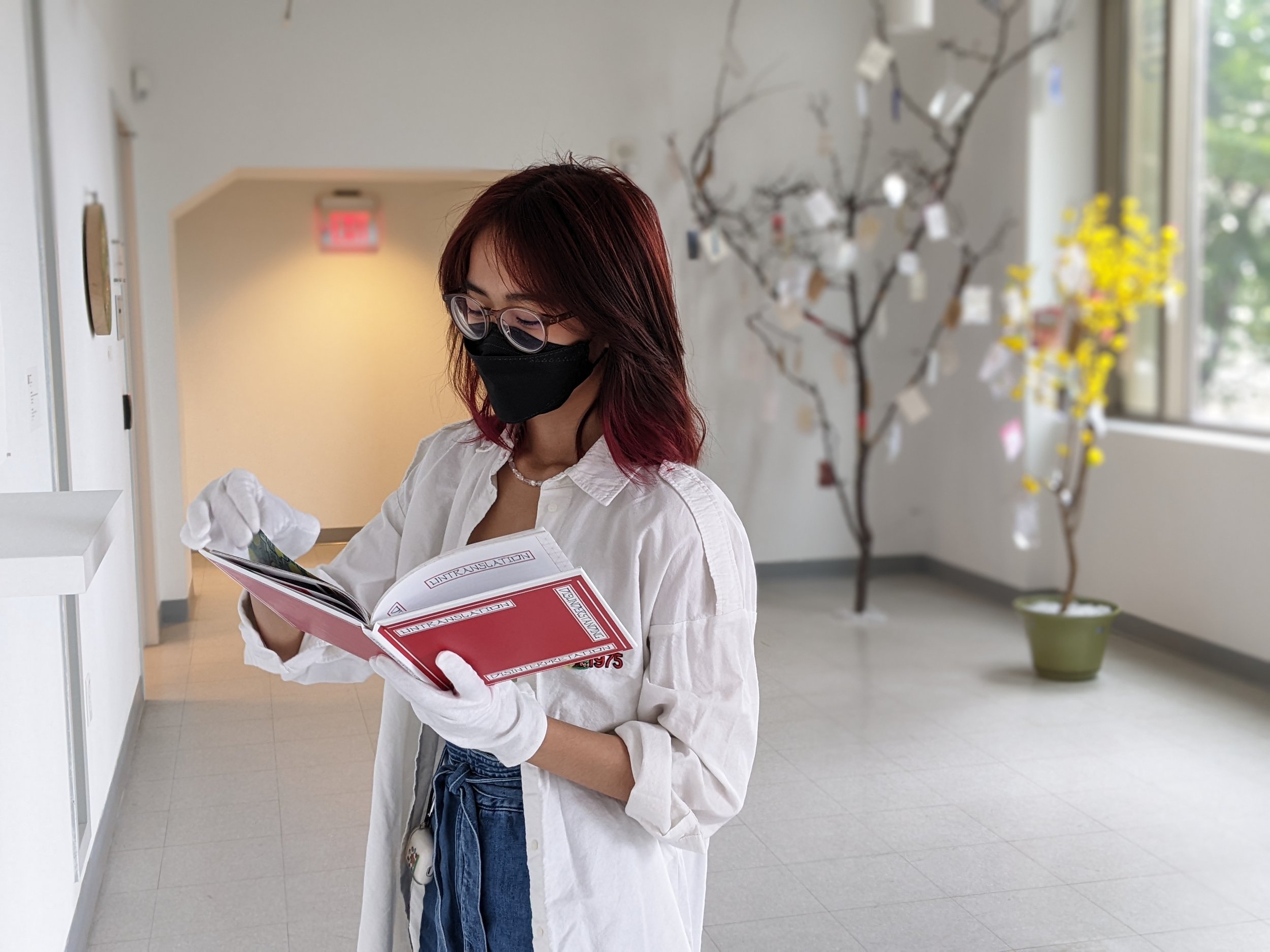
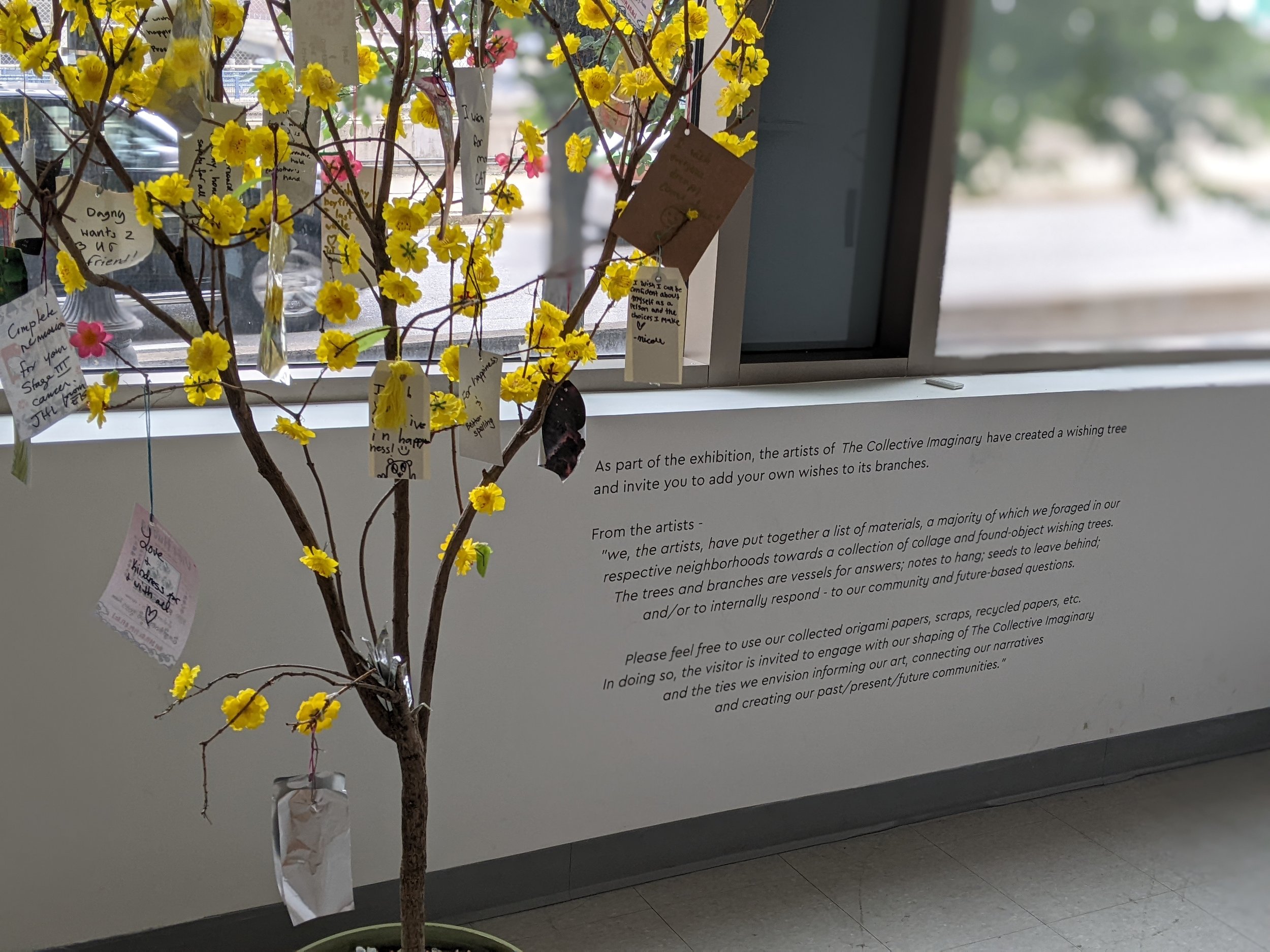
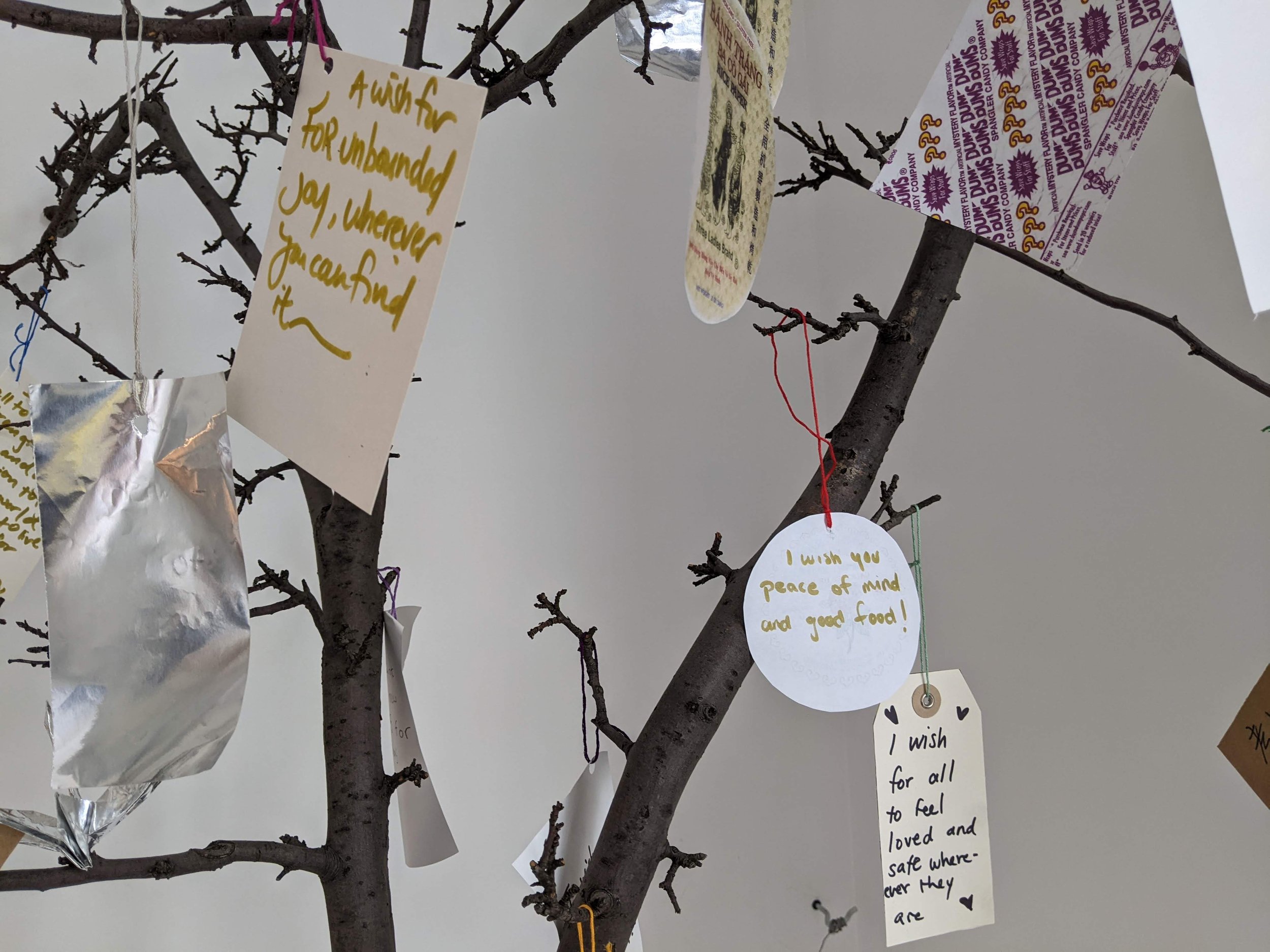
Each segment of this second iteration of the project exhibited at Pao Arts Center focuses on more specific aspects of identity, starting with the bodily, then through the lens of family, and finally, within the context of community and the larger collective. The July and August segments of Visions/Voices, entitled New Narratives: Past and Present and Present and Future, respectively, featured poets, performance artists, dancers, and other storytellers from across our AAPI communities, as well as our supporters from the global majority. Throughout the project, New Narratives creatives have utilized their voices, bodies, and artistry to give utterance to various social pluralities and continue to bring such discourses to the forefront via their ongoing practice and collaborations with each other.
mica rose performs at New Narratives: Present and Future (August 13th, 2022), Photo Credit: The Chinatown Project
The Flavor Continues performs at New Narratives: Present and Future (August 13th, 2022), Photo Credit: The Chinatown Project
Curating New Narratives over these past few years was not only about organizing a series of exhibitions and performances for local audiences but encouraging community amongst the participating artists. Watching friendships grow between the New Narratives artists has been one of the most rewarding aspects of the journey for me. I was reminded of the importance of community-centered cultural work like this for our AAPI and BIPOC communities at different points throughout the project. From each opening reception, where artists greeted each other with laughter, smiles, and hugs, to the New Narratives potluck, which brought artists to Pao Arts Center for a shared meal of savory noodles, potato salad, and other dishes made from honored family recipes. We closed the entire New Narratives series at Mary Soo Hoo Park amid a joyous celebration generated by The Flavor Continues’ community of street and club dancers, other New Narratives artists, and audience members.
Photo of New Narratives: Present and Future performers (August 13th, 2022), Photo Credit: The Chinatown Project
Since New Narratives concluded this past August, I have been reflecting upon the project and its many iterations and emotional evolutions— starting with the contemplative and culminating in an exuberant collective embrace. While curating each version has profoundly impacted me as an emerging visual scholar, we should remember that the project is only one of many in Boston and around the nation that aims to uplift our AAPI communities. And though I hope that people will draw connections between the work and their own memories and experiences, it is ongoing exposure to all different projects with different delivery methods, tones, and sentiments that help new audiences, and people more generally, better understand our AAPI communities; New Narratives offers only a glimpse.
New Narratives: Our Past and Present performance day video, Videography by The Chinatown Project
